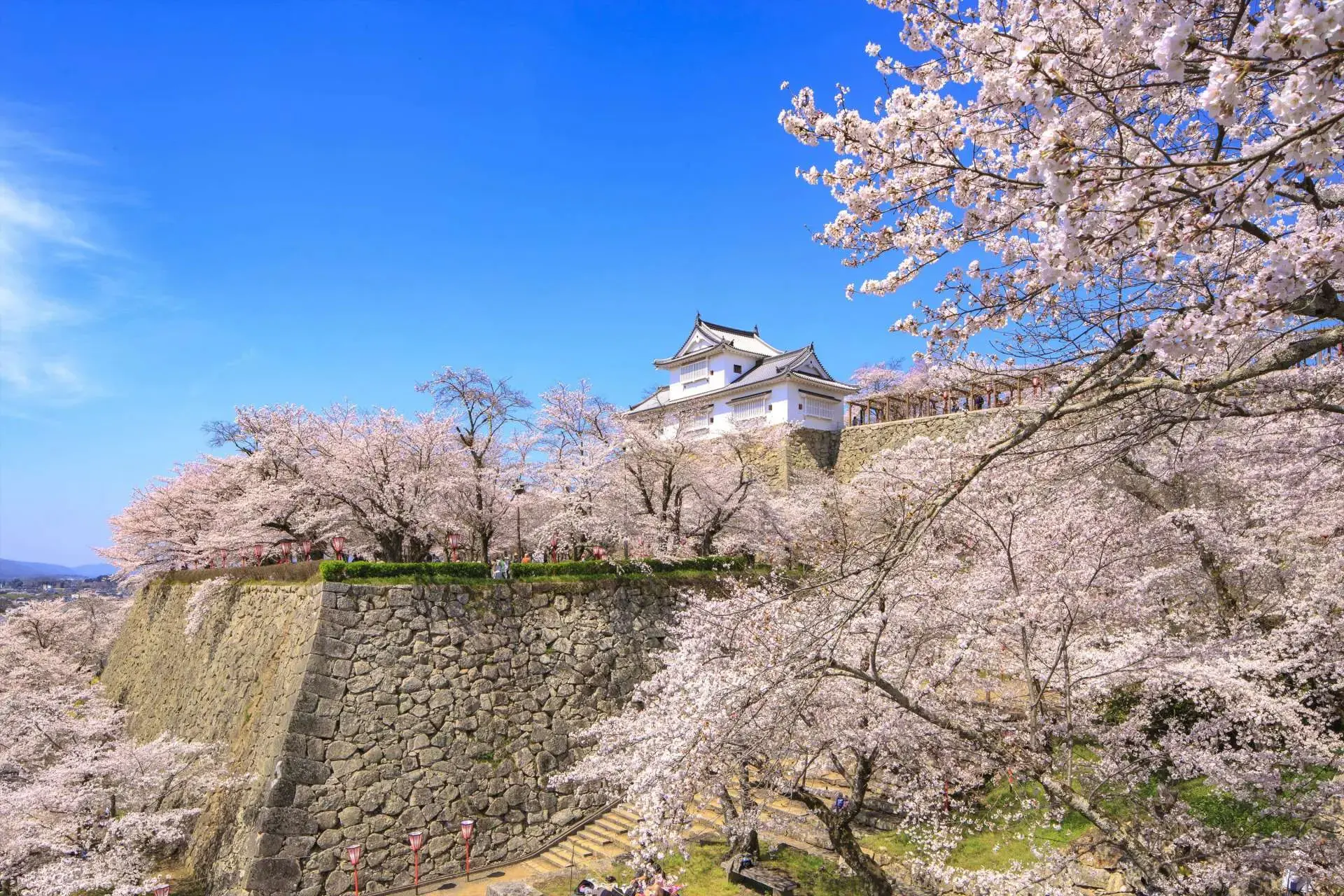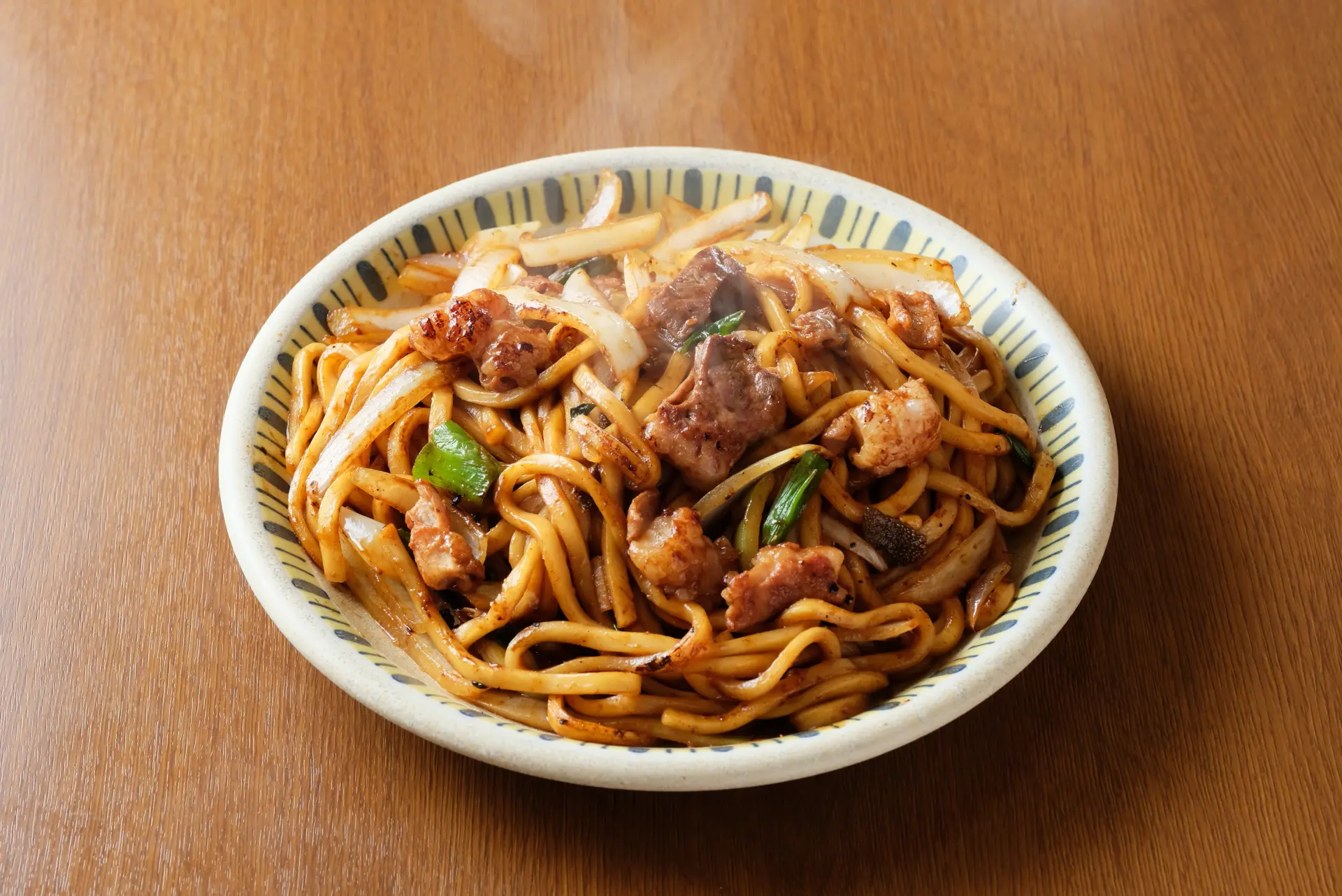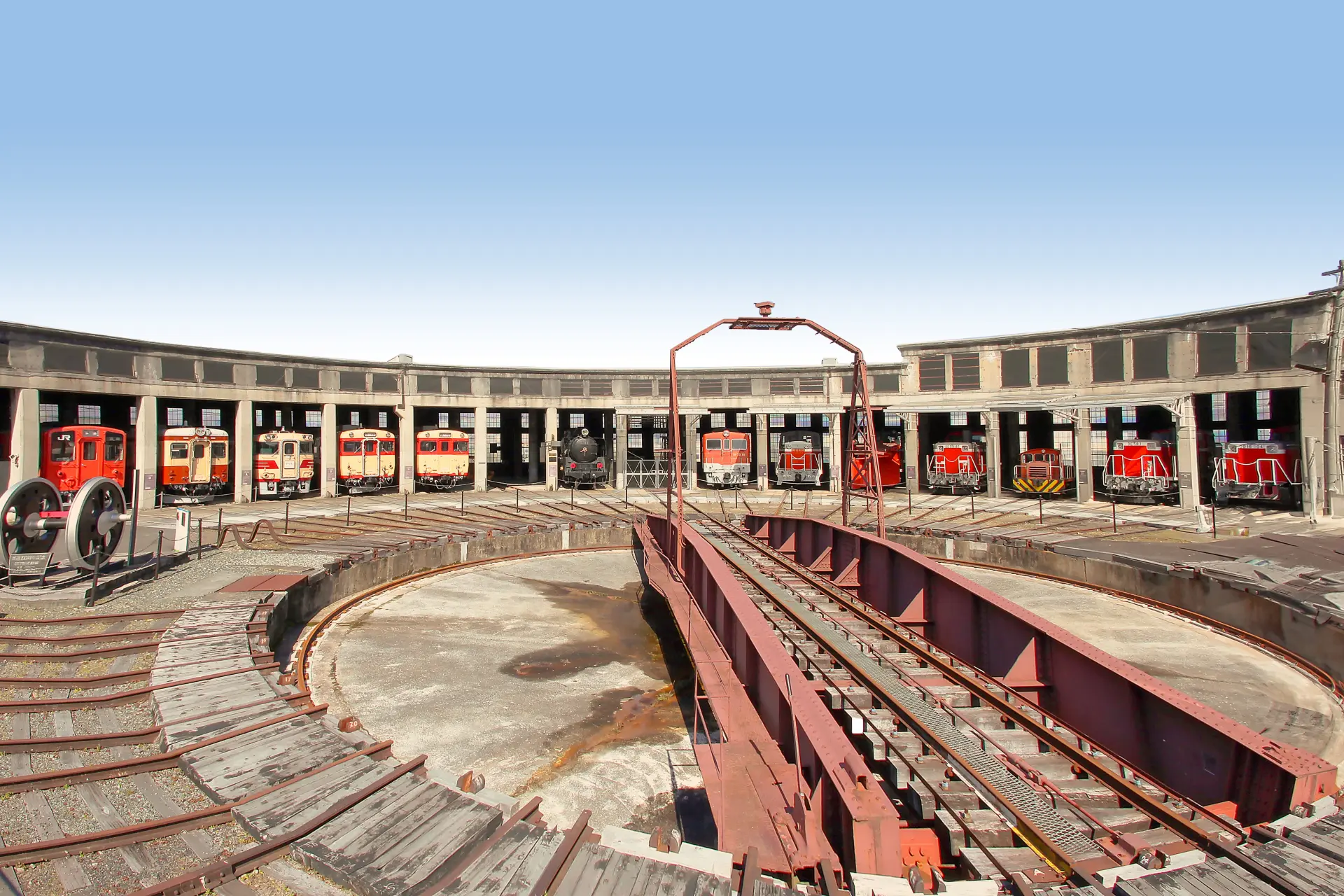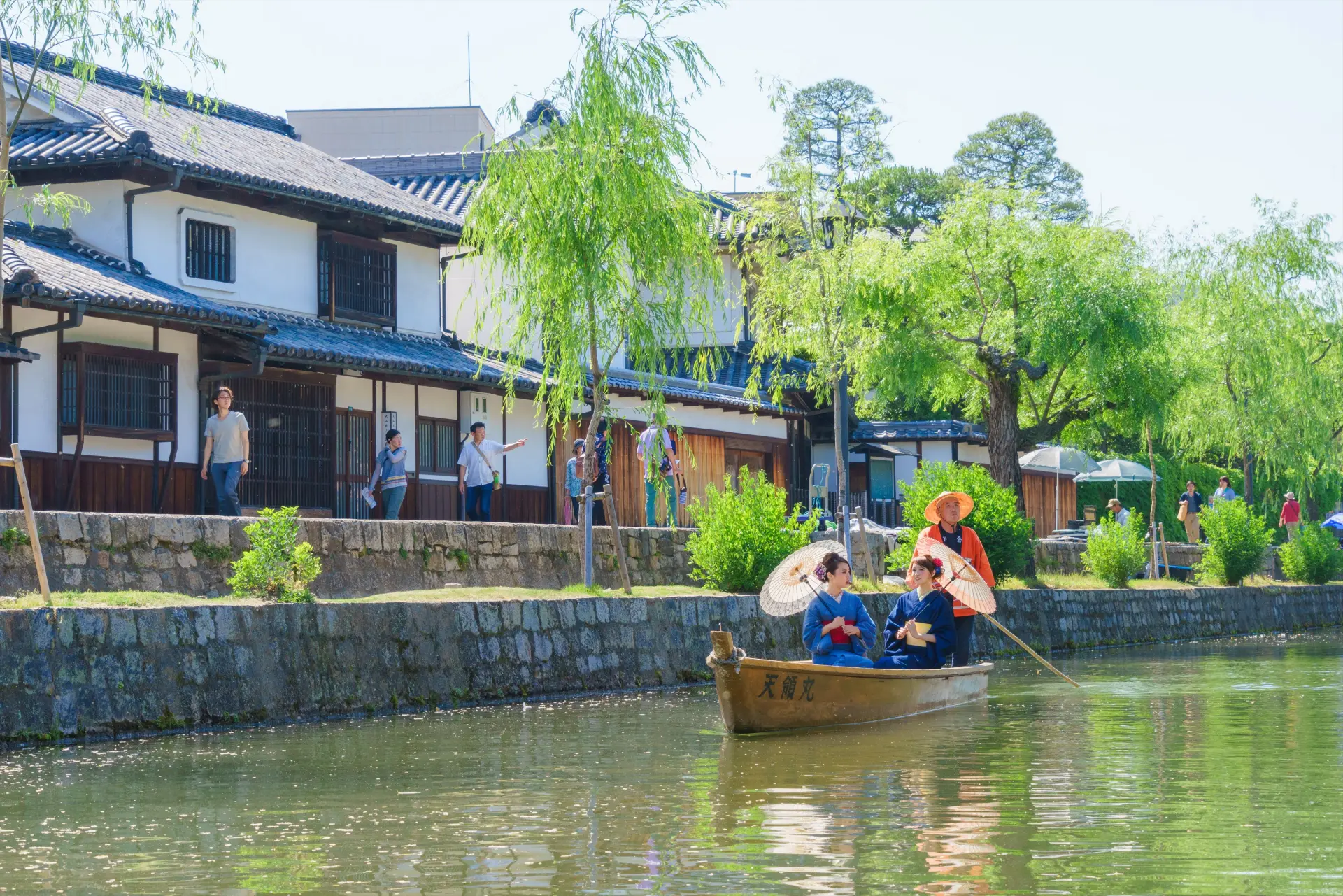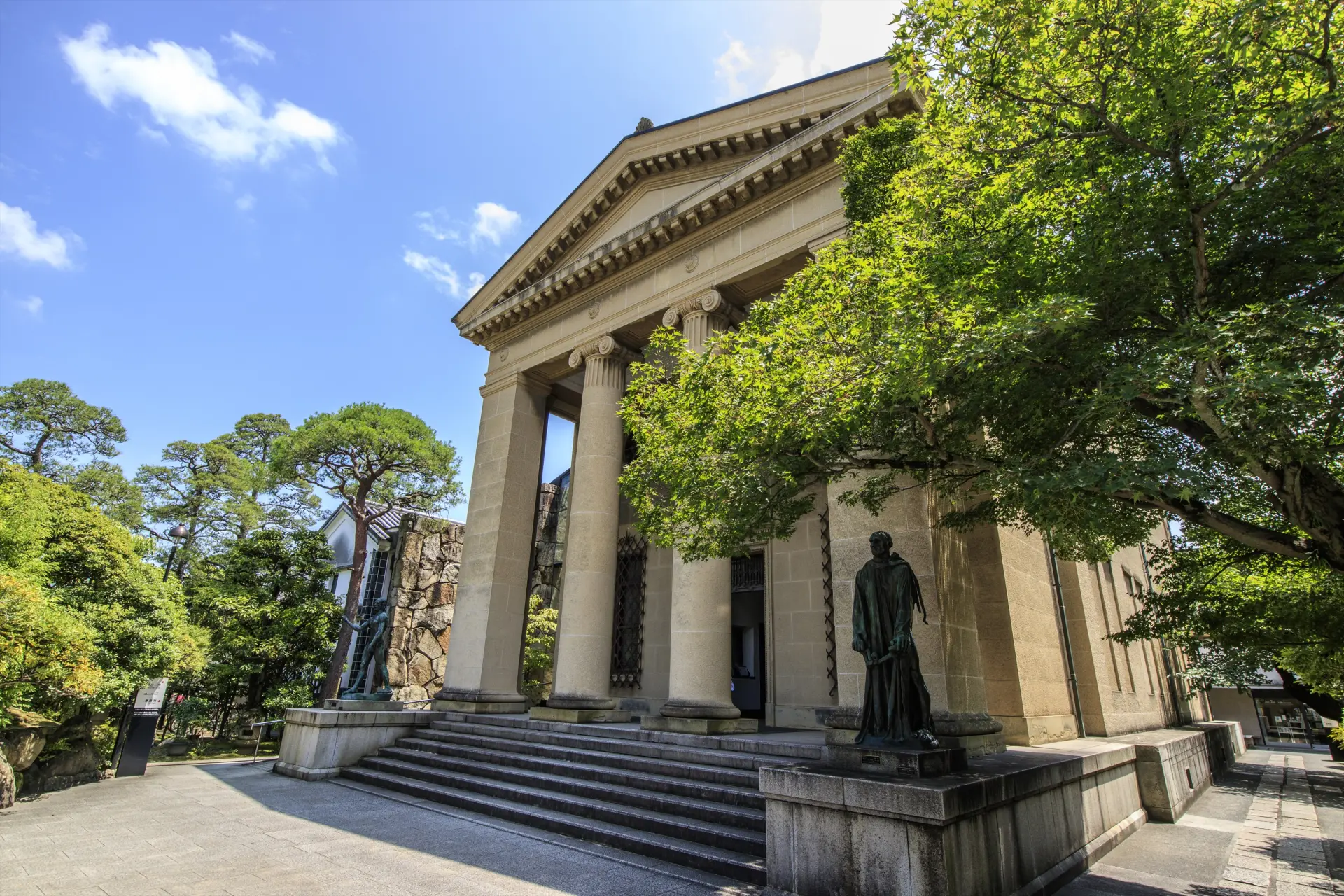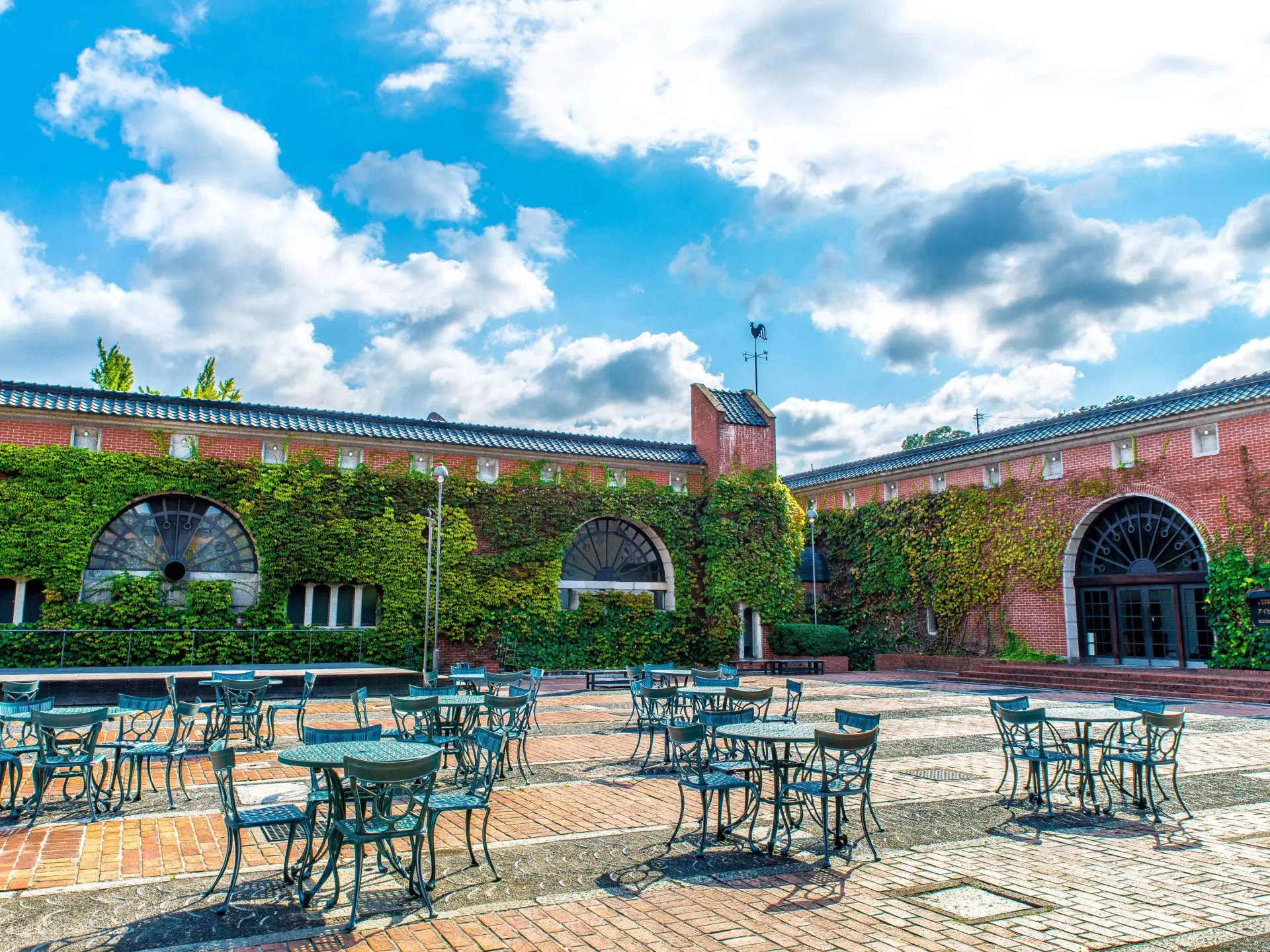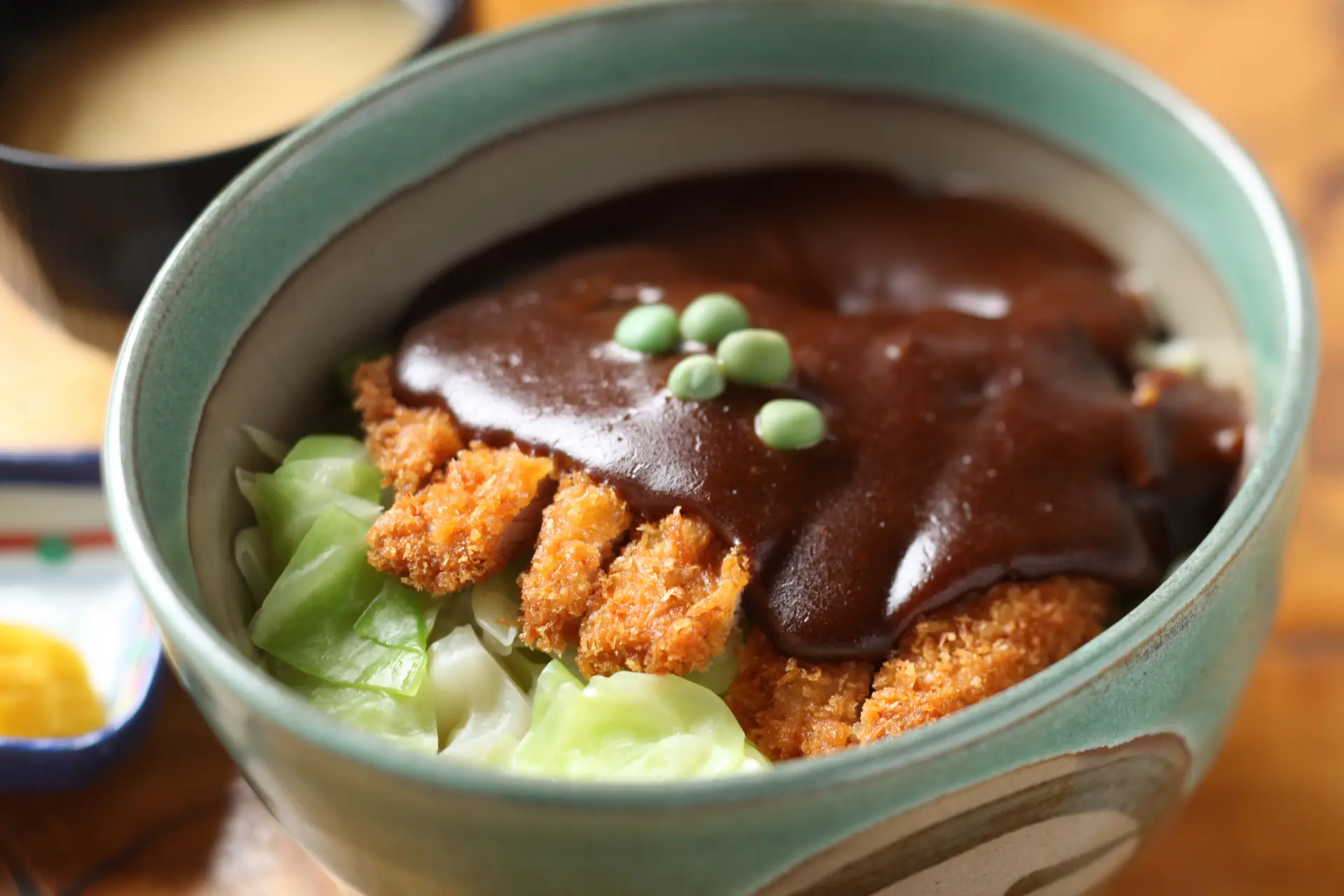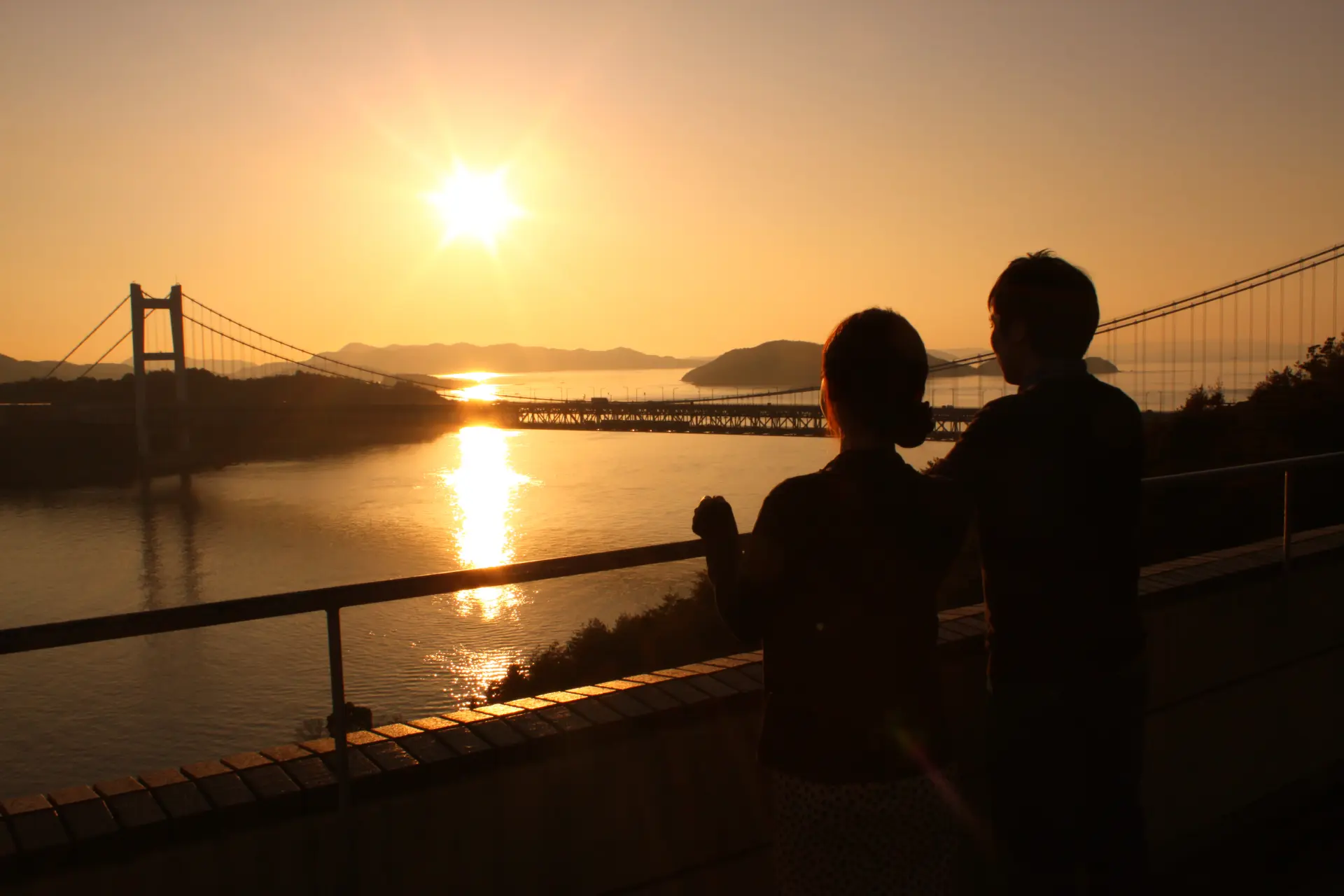
Take a Short Trip from Osaka – Immerse Yourself in Art, Food, and Experiences with the Have Fun in Okayama Pass!
Okayama Prefecture is full of scenic spots perfect for a leisurely stroll, such as the Okayama Korakuen Garden, which received the highest three-star rating in the Michelin Green Guide Japan, the Kurashiki Bikan Historical Quarter with its elegant white-walled buildings, and the castle town of Tsuyama steeped in historical charm. A major draw is the abundance of art events held throughout the region—in hot spring towns, cityscapes, and beyond—including the world-renowned Setouchi Triennale 2025, bringing art closer to everyday life. Known as the "Fruit Kingdom Okayama," the prefecture also offers seasonal fruit sweets and fruit-picking experiences. Be sure to try the beloved local dishes that have been cherished by locals for generations.
To explore Okayama, we recommend the convenient and cost-effective sightseeing pass, the Have Fun in Okayama Pass. Just a 45-minute ride on the Shinkansen from Shin-Osaka makes Okayama an easy and convenient destination. With art, cuisine, and hands-on experiences, there's so much to enjoy—let’s go to Okayama!
Must-Visit Tourist Spots in Okayama
Here are some must-see attractions, organized by area, for anyone planning a visit to Okayama!
[Okayama Area] Stroll Through Historic Gardens and Castles to Reflect on the Passage of Time
Once a flourishing castle town, the Okayama area features charming retro streets, historical landmarks, and stylish cafés. Hop on the streetcar extending from JR Okayama Station and enjoy exploring the city on foot.
A highlight of Okayama sightseeing is Okayama Korakuen, one of Japan’s Three Great Gardens. This strolling-style garden features ponds, artificial hills, and tea houses connected by paths and waterways. The garden’s iconic 640-meter-long winding stream, Kyokusui (meandering stream), flows throughout the grounds, forming elegant water features like ponds and waterfalls. Enjoy the serene atmosphere while admiring seasonal flowers like cherry blossoms, lotuses, and camellias.
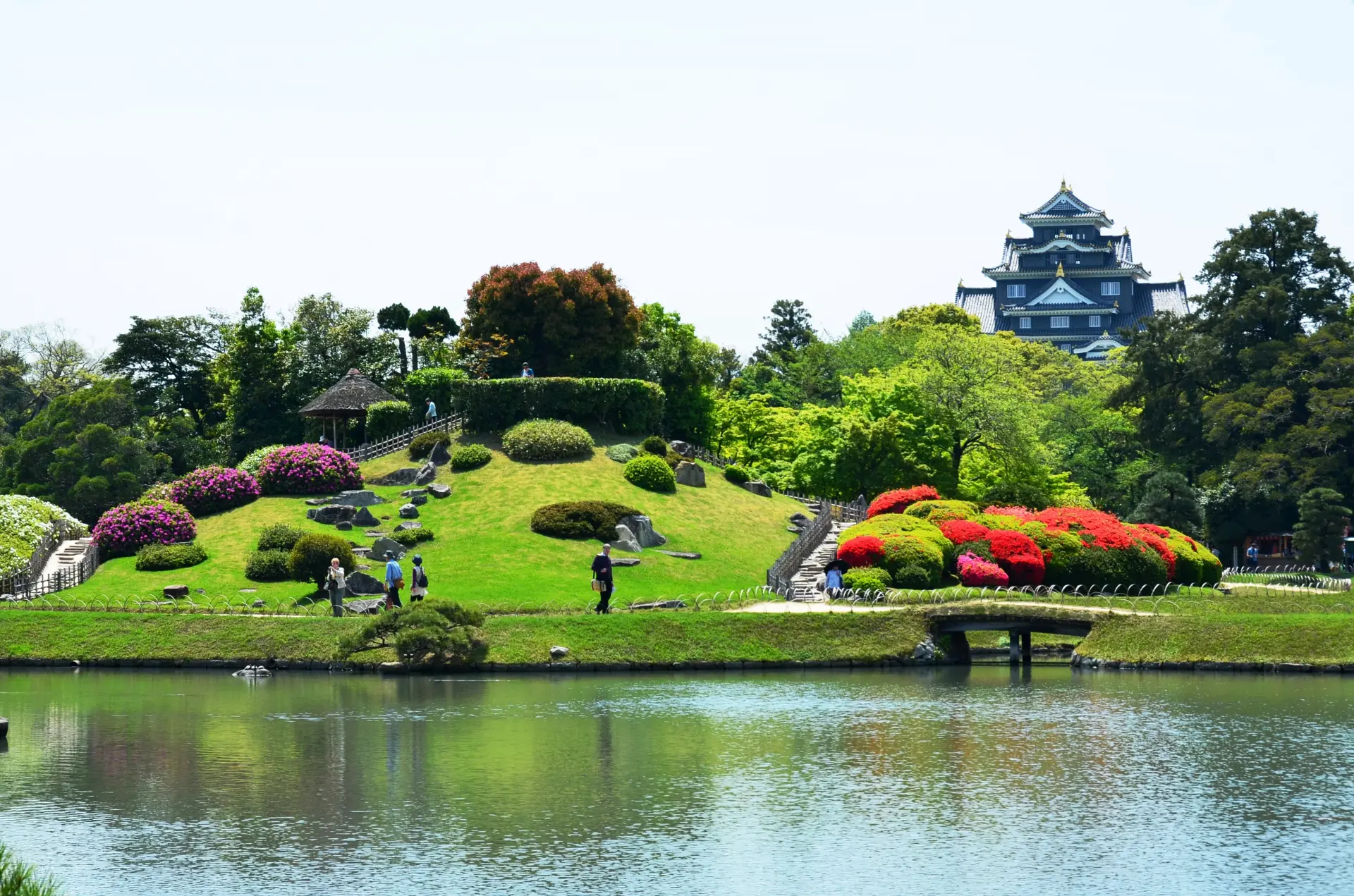
Adjacent to the garden stands Okayama Castle, nicknamed “Ujo” or “Crow Castle” for its striking black exterior, which contrasts beautifully with the lush greenery of Korakuen. Inside the castle keep, you’ll find exhibition rooms, including a restored “Castle Chamber,” showcasing the Shoin architectural style once used to display the lord’s power. The main keep area also retains impressive remnants such as Kagami Ishi (Mirror Rock) and the Oh-nando Yagura (Great Storehouse Turret) ruins. Don’t miss the seasonal nighttime illumination events held three times a year—in spring, summer, and autumn—at both Korakuen and the castle.
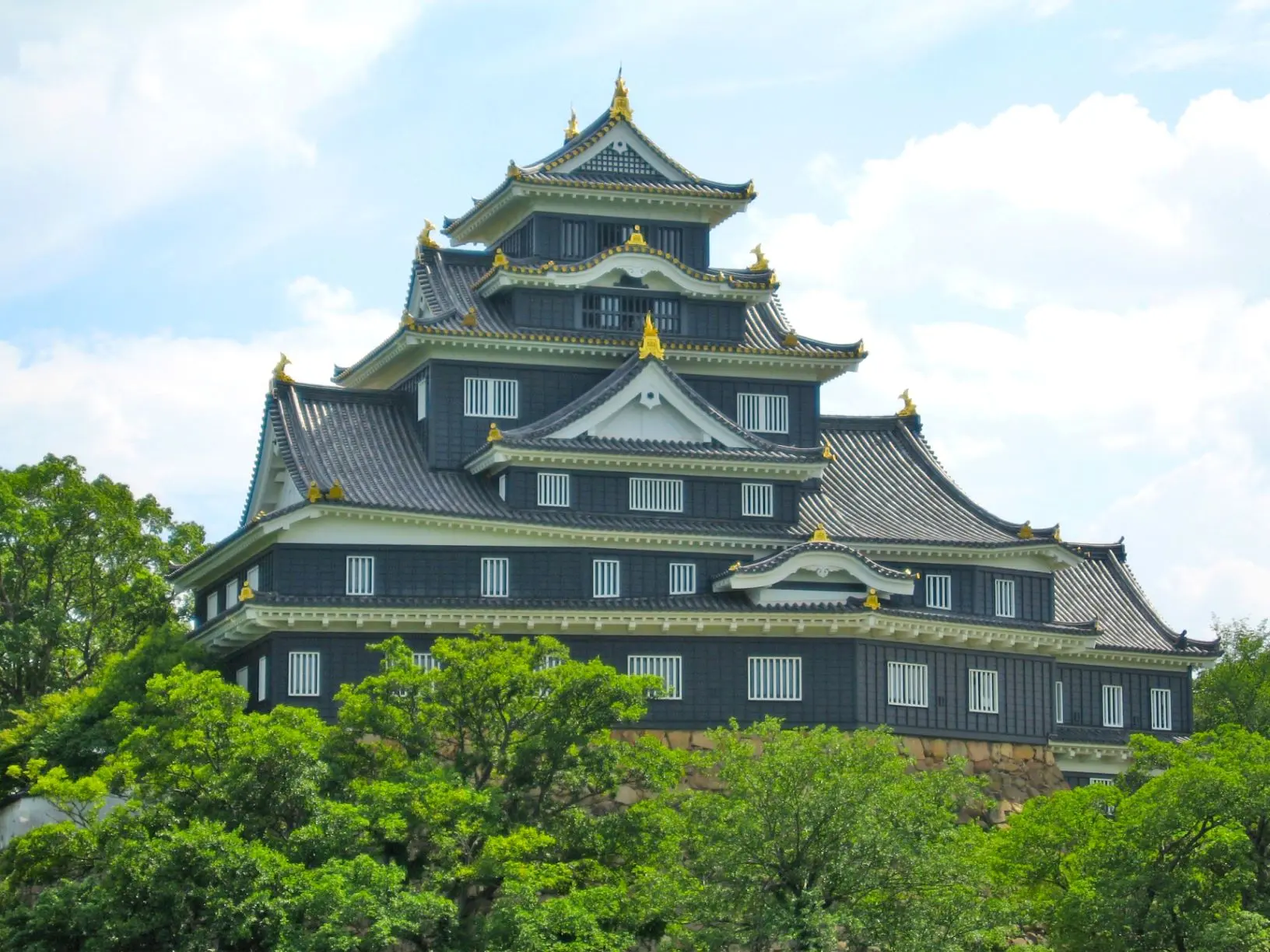
For a taste of local tradition, try the “Tonosama no Gochiso-cho Ryori” (Feast of the Lord), a meal recreating the dishes once served to the lords of Okayama. It’s available at four restaurants in the city, including Hotel Granvia Okayama.
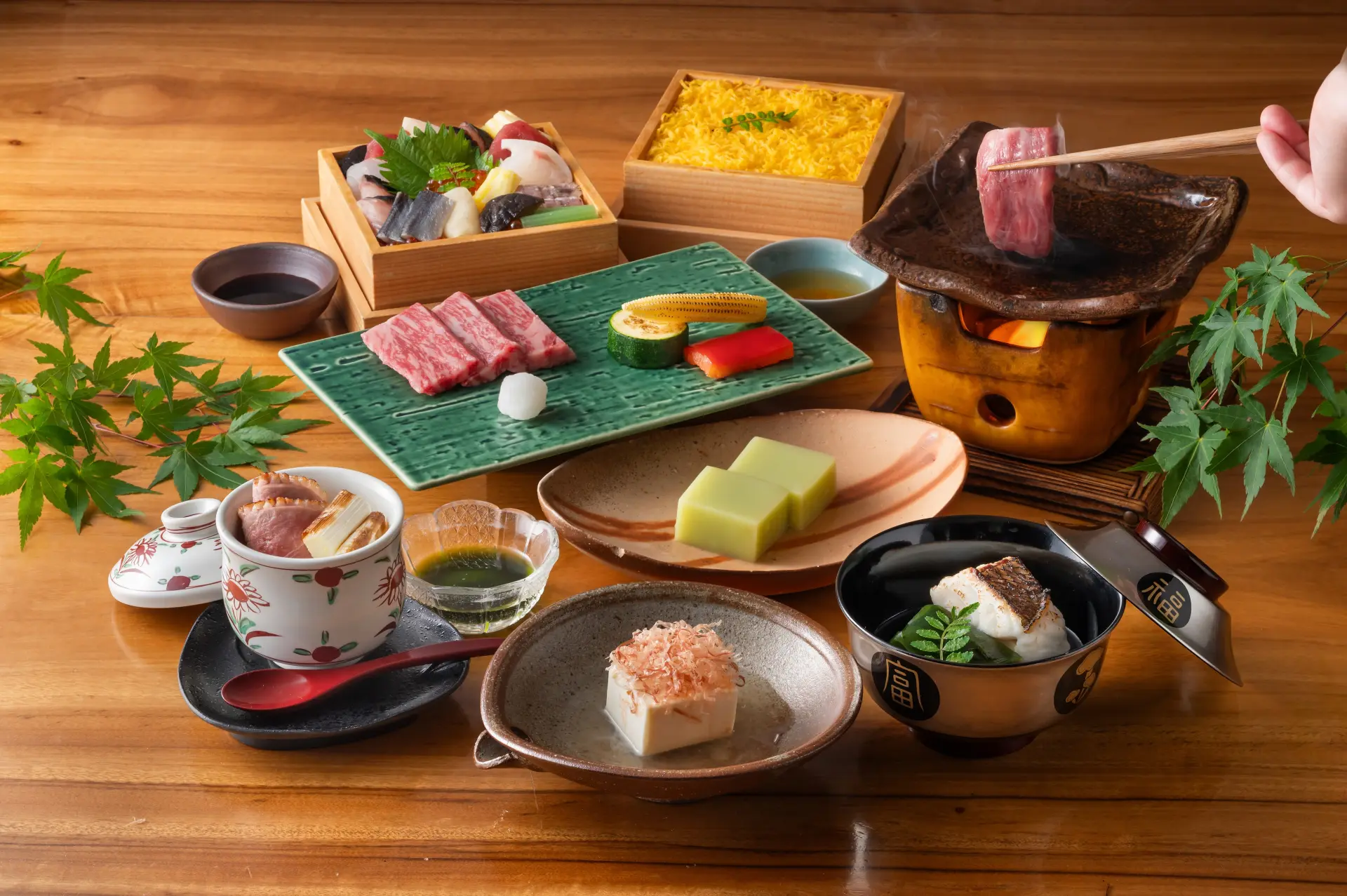
[Kurashiki Area] Discover Art and Local Cuisine Amidst Timeless Beauty
Blending history and art, the Kurashiki area is one of Okayama’s most popular tourist destinations, along with the Okayama area. A must-see is the Kurashiki Bikan Historical Quarter, where the well-preserved streetscape of this old merchant town features white-walled storehouses, traditional “namako” walls, and rows of willow trees lining the Kurashiki River. Strolling through the charming alleys and visiting traditional townhouses is a delight, and for a unique experience, hop aboard a Kurashiki riverboat to view the town from the water.
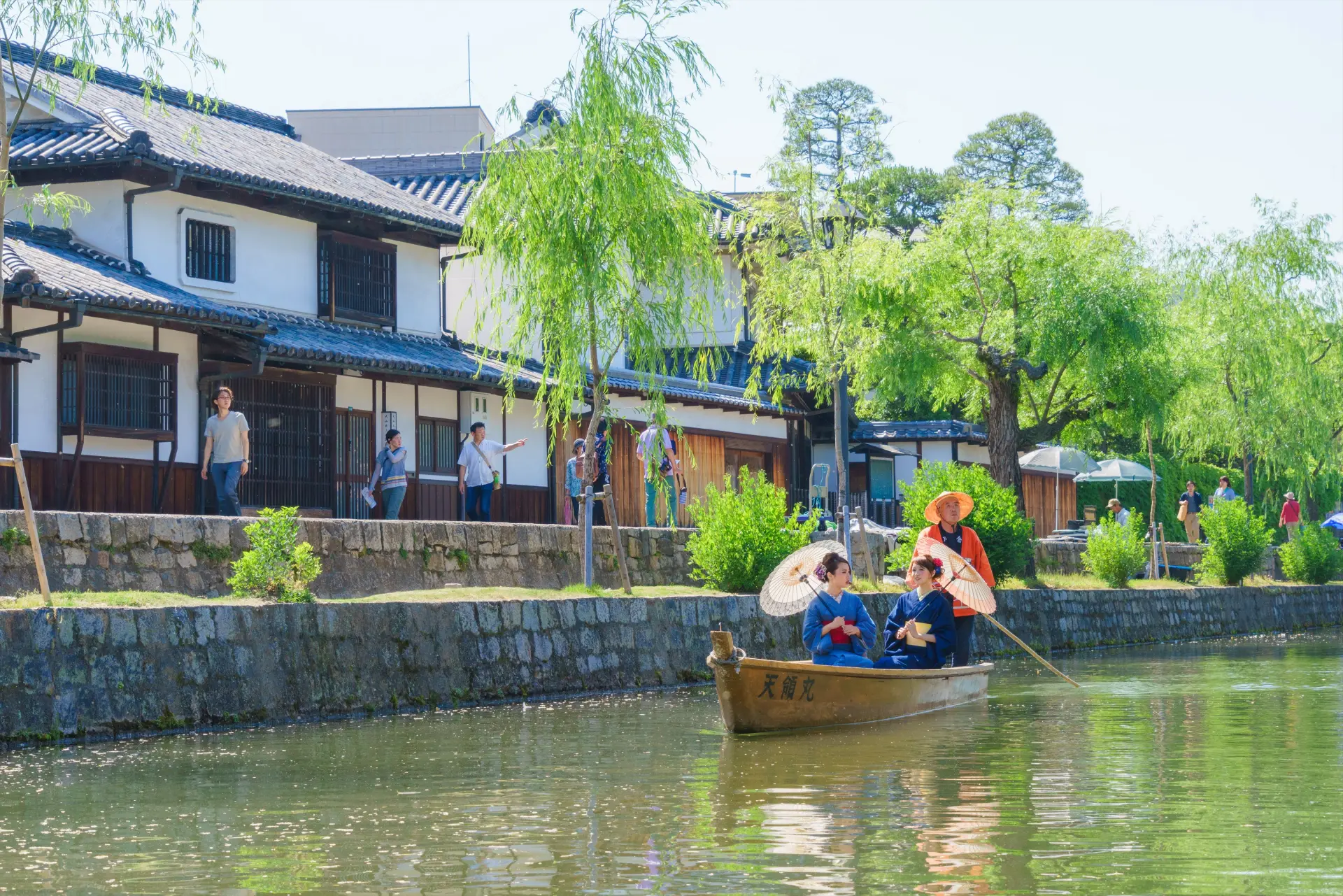
Nestled in a corner of the district is the Ohara Museum of Art, Japan’s first private museum of Western art. It houses masterpieces by famed Western painters such as El Greco (The Annunciation), Claude Monet, Pierre-Auguste Renoir, and Paul Gauguin.
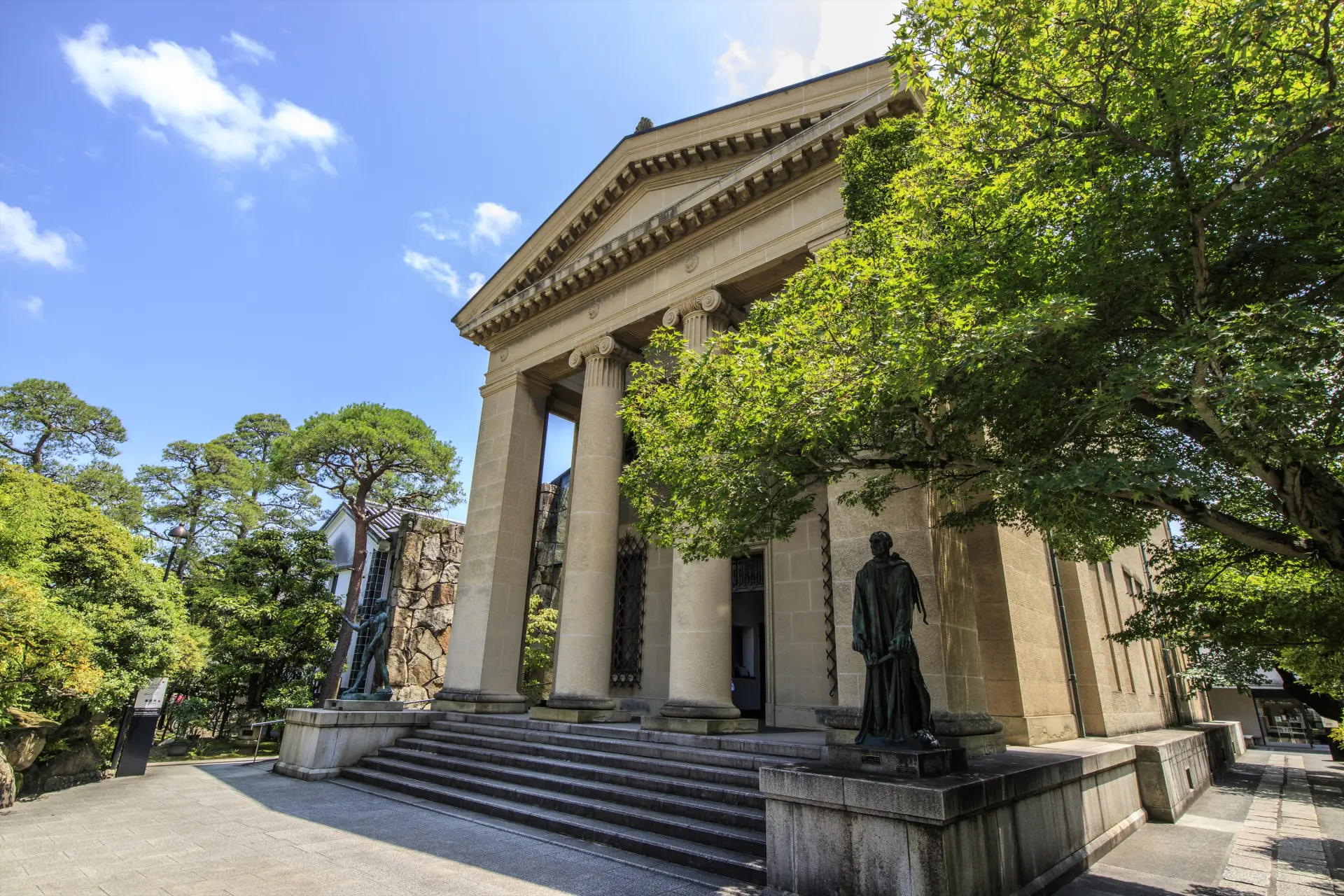
After sunset, the area is transformed by nighttime landscape lighting, curated by world-renowned lighting designer Motoko Ishii. This creates a magical, dreamlike atmosphere distinct from the daytime scenery. In addition, seasonal special events bring even more charm to Kurashiki, such as the “Art Trip Kurashiki” stamp rally, where visitors tour art venues and sweet shops, and the popular “Kurashiki Afternoon Tea,” featuring original menus crafted with Okayama’s signature fruits like white peaches, grapes, and strawberries. Check the event schedule in advance to make the most of your visit.
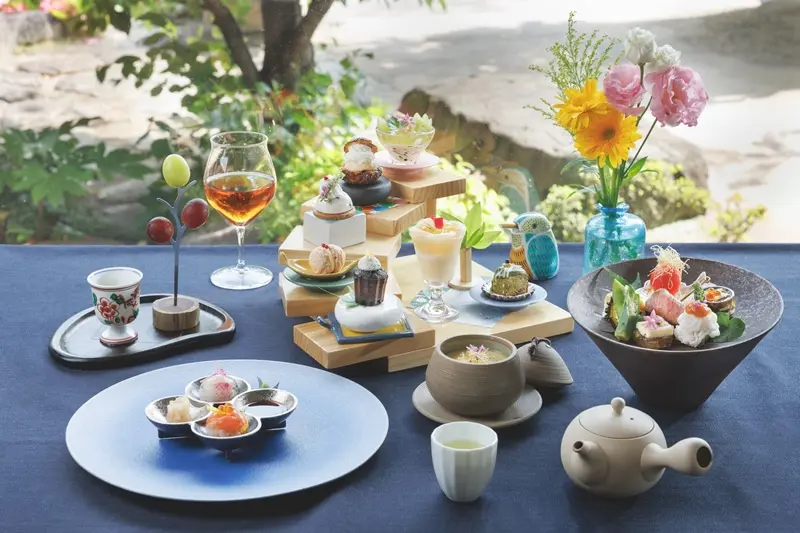
Extend your journey toward the Seto Inland Sea, and you’ll find Kojima Jeans Street, the birthplace of domestically produced jeans. Explore this denim haven and search for your perfect pair. While in the area, don’t miss the Washuzan Sunset Viewing Bus, which offers a stunning panorama of the Seto Ohashi Bridge framed by the evening sky.
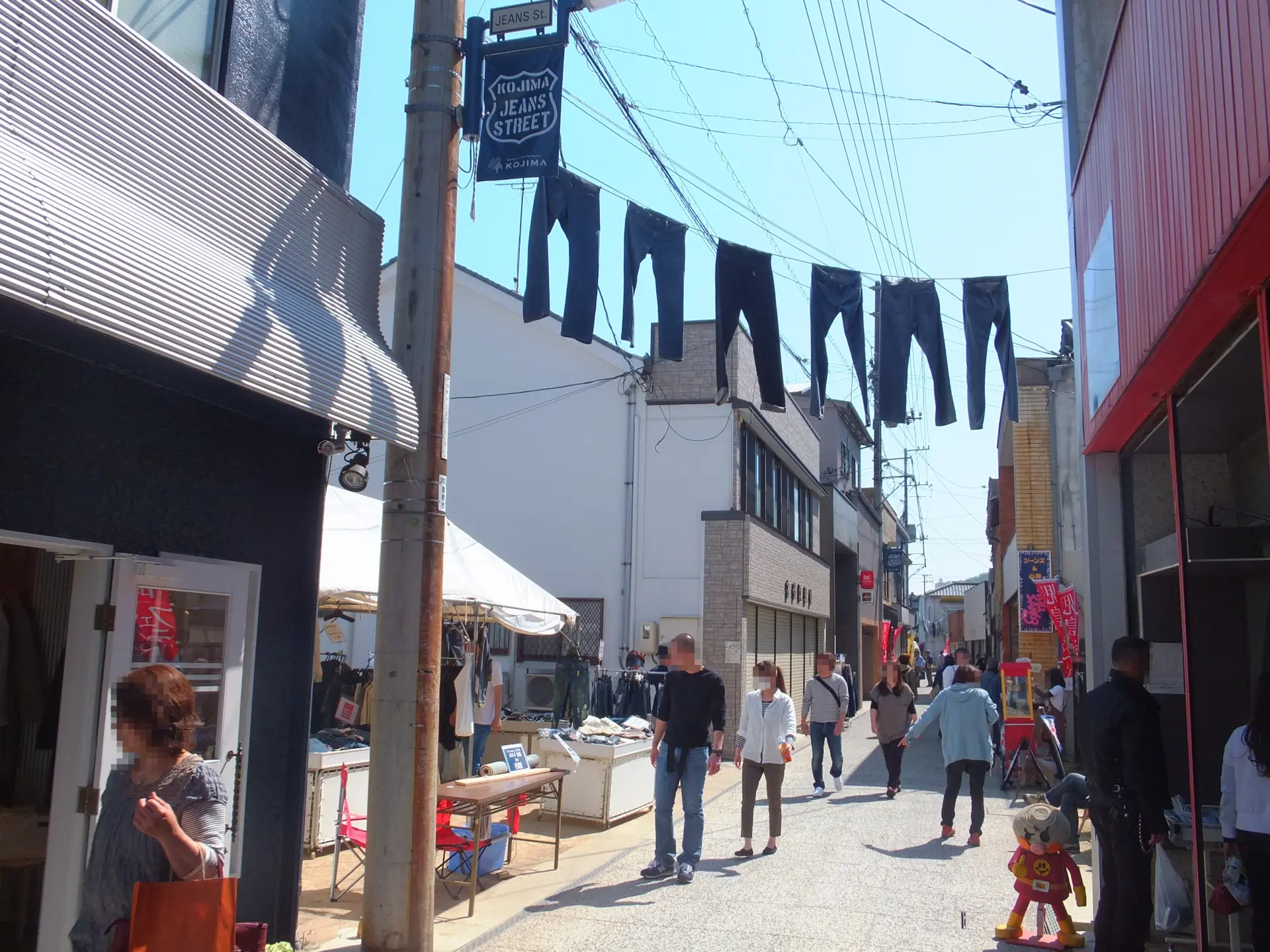
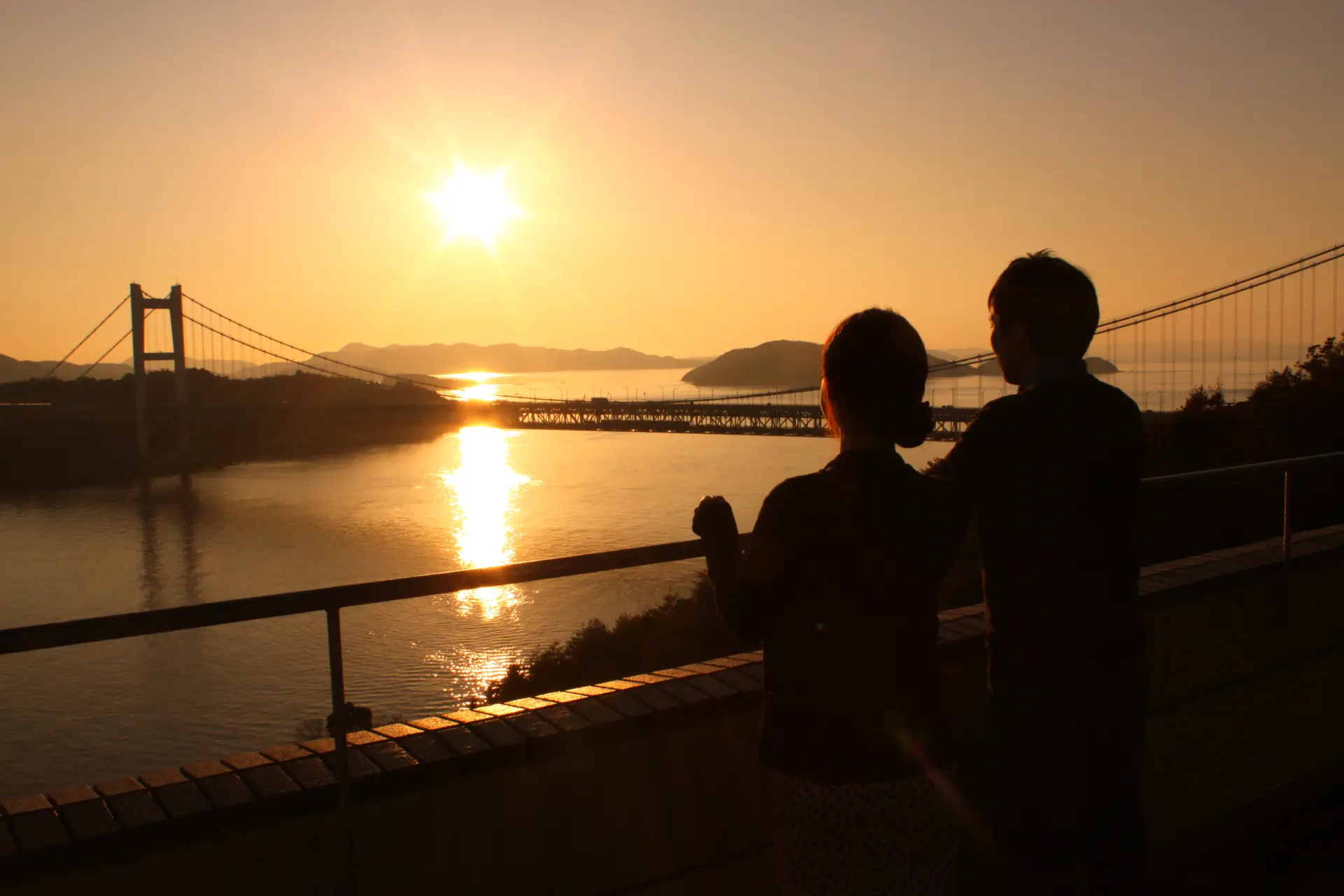
[Tsuyama Area] Ride a Charming Train into a Castle Town Surrounded by Nature
Located in the northern part of Okayama Prefecture, the Tsuyama area is a castle town where the historic atmosphere still lingers. At the heart of the town stands its symbol, Tsuyama Castle (Kakuzan Park), preserving traces of its former glory. The towering stone walls—some over 10 meters high—date back to the original construction, and the reconstructed Bicchu Turret offers impressive views. Selected as one of the “Japan’s Top 100 Castles” and “Japan’s Top 100 Cherry Blossom Spots,” Tsuyama Castle is particularly stunning during spring when 1,000 cherry trees bloom, as well as in the lush green of summer and the vivid hues of autumn.
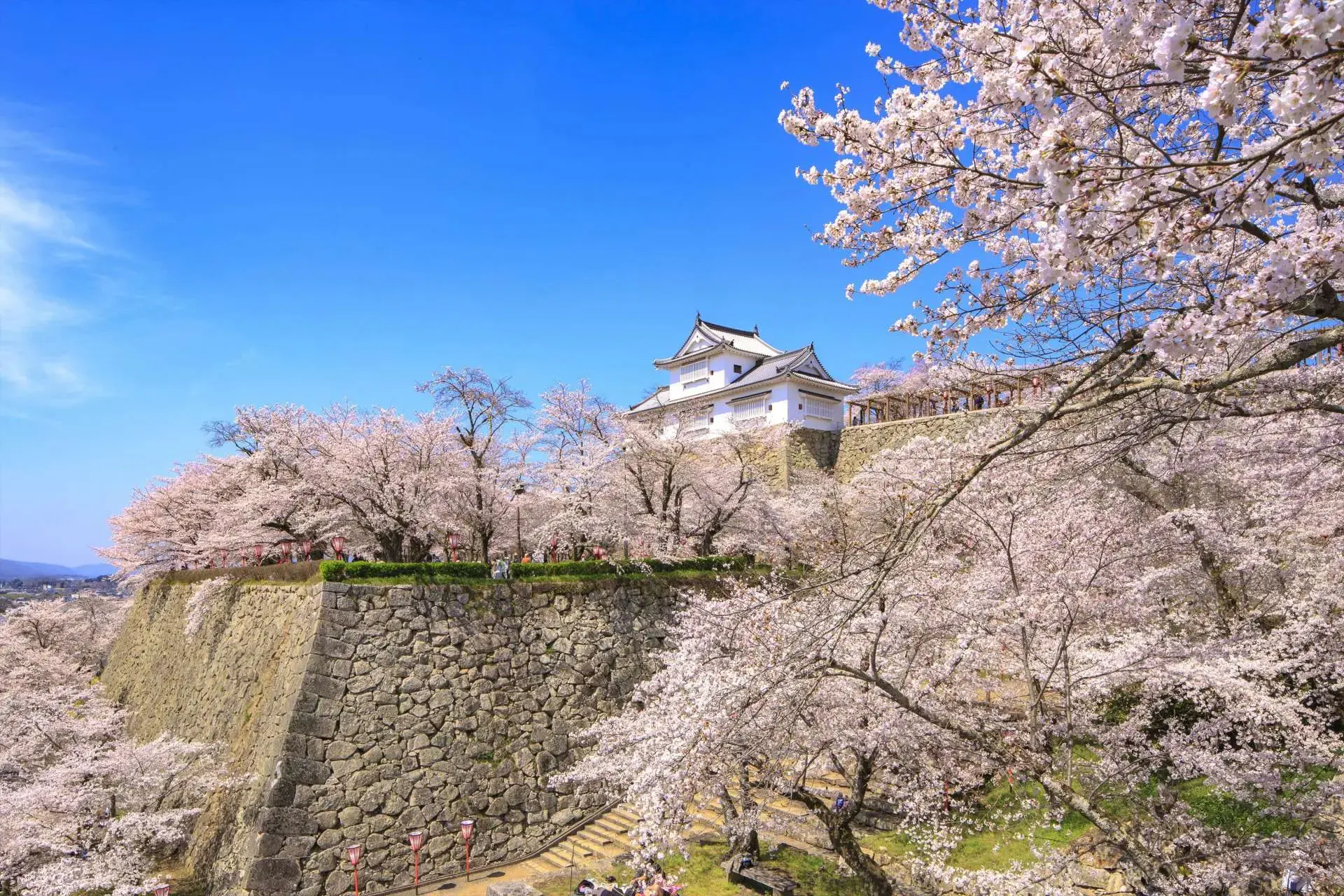
For a family-friendly activity, visit the Tsuyama Manabino Railway Museum, housed in the former Tsuyama Roundhouse. Here, you can explore nostalgic trains and learn how railways work in an interactive, engaging way. If you’re looking to enjoy the natural scenery, head to Okutsu Gorge, a 3-km hiking path along the Yoshii River that winds through striking rock formations and waterfalls. The area offers scenic beauty year-round, with the fiery autumn foliage being a particular highlight.

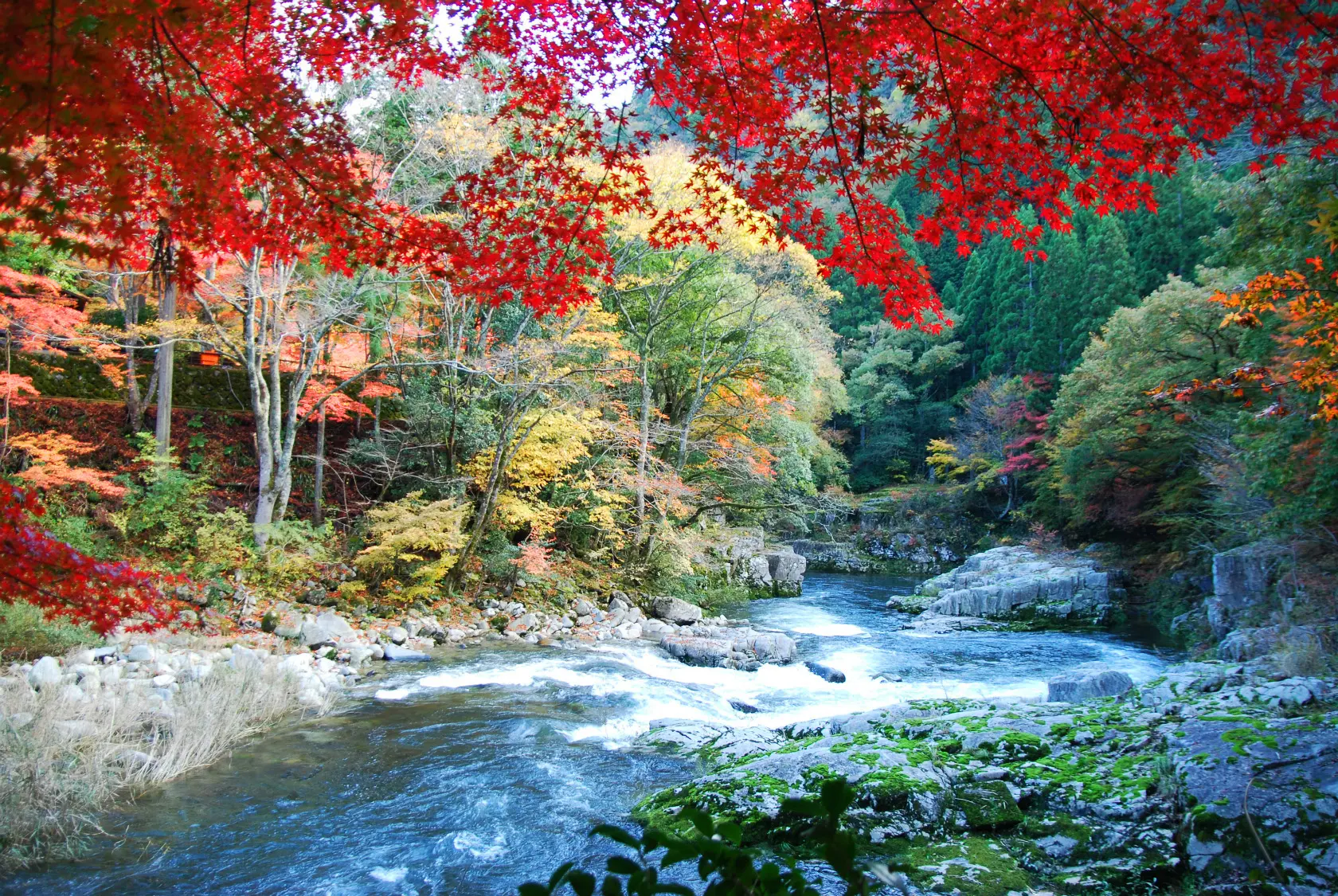
To travel from Okayama to Tsuyama, hop aboard the SAKUBI SAKURA, a tourist train known for its charming light pink exterior. The interior design is inspired by the natural beauty of northern Okayama, and passengers can pre-order a bento or dessert set to enjoy a slow-paced ride along the local railway line.
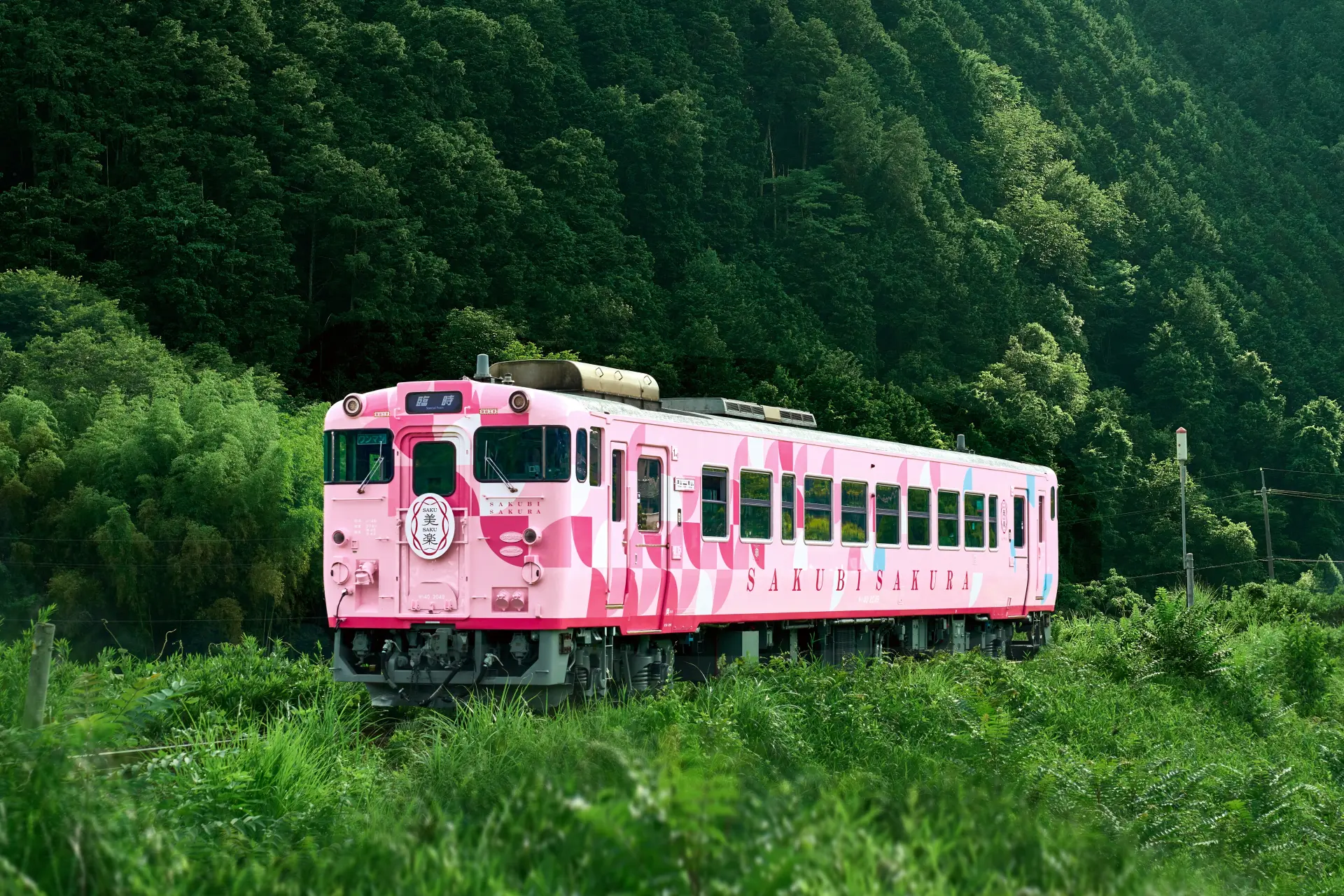
While in the area, consider visiting the Nagi Museum of Contemporary Art in neighboring Nagi Town. Set against the backdrop of Mount Nagi, this museum harmonizes architecture, nature, and art to create a one-of-a-kind immersive experience.
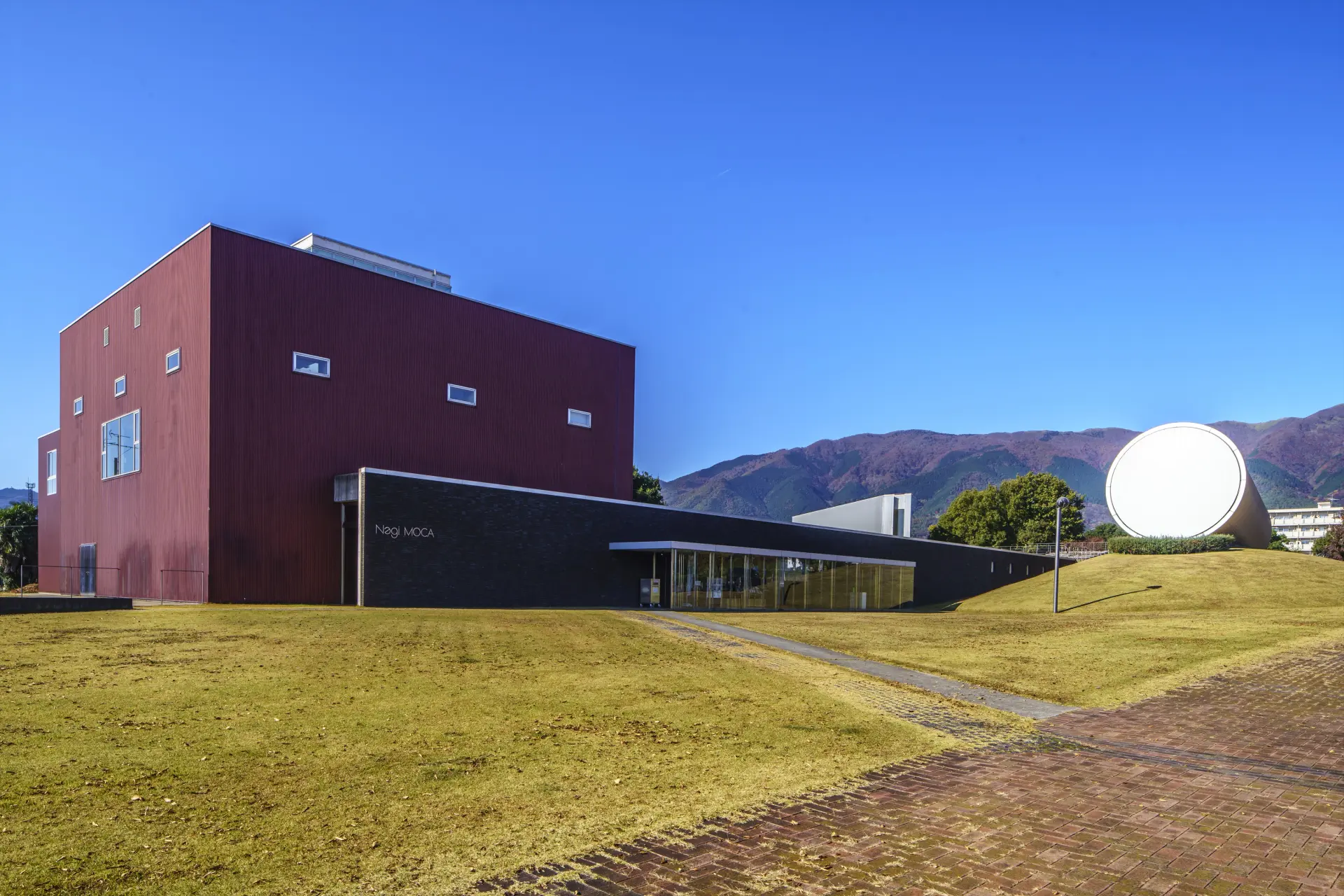
[Bizen Area] Explore the Traditions of Bizen Pottery and Japanese Swords
Located in the eastern part of Okayama Prefecture, the Bizen area offers a chance to experience traditional Japanese craftsmanship. Most notably, it is home to Bizen ware, a type of pottery with over a thousand years of history and considered the oldest of Japan’s Six Ancient Kilns. Fired at high temperatures of 1,200–1,300°C without glaze, the resulting patterns are created naturally by the clay, heat, ash, and charcoal, earning it the nickname “the art of earth and fire.” In the Ibe district, the heart of Bizen ware production, visitors can not only purchase pottery but also try hands-on pottery-making experiences to craft their own unique pieces.
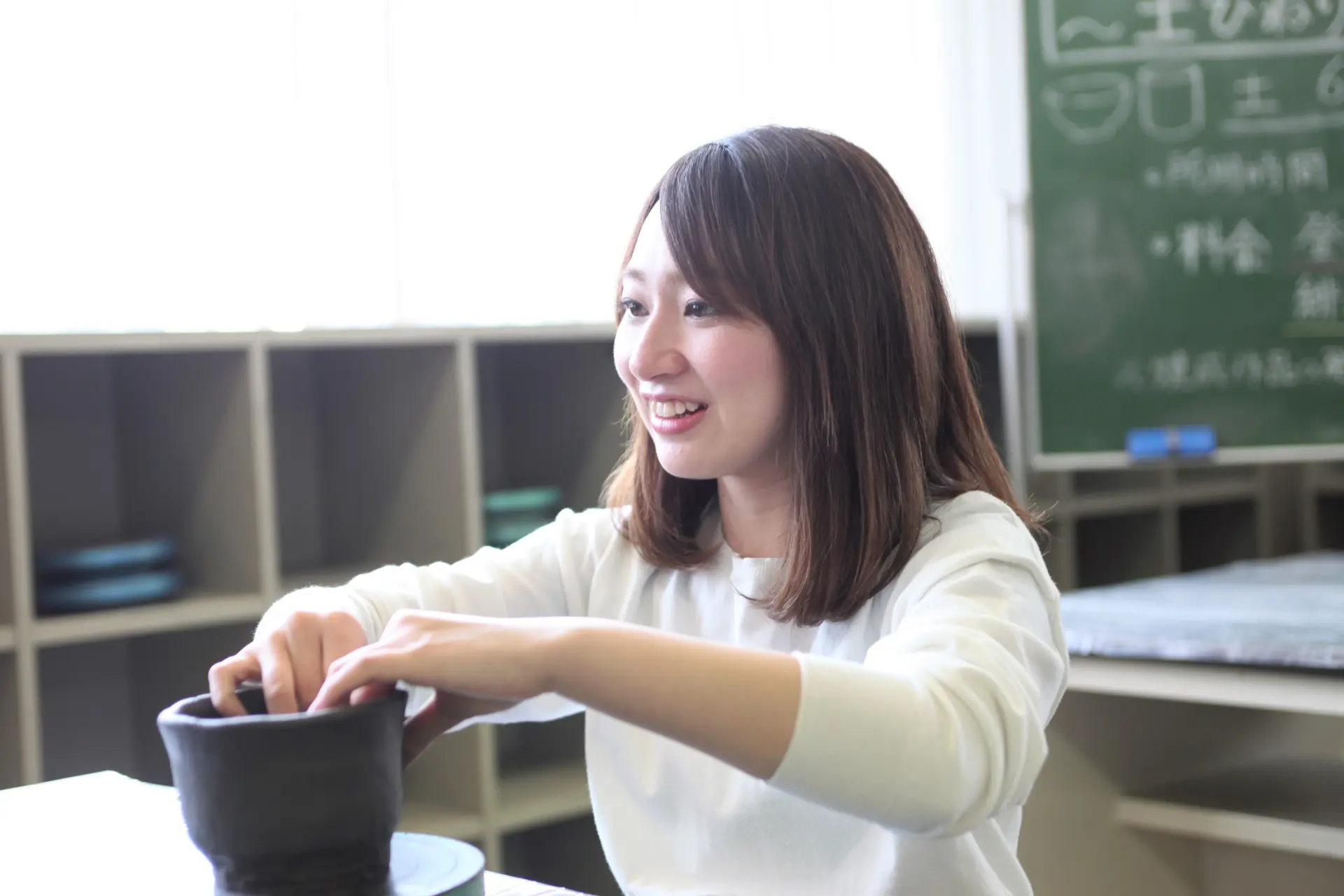
The area is also known for swordsmithing, with Osafune in Bizen being one of Japan’s most renowned sword-producing regions. Many swords crafted here have been designated as National Treasures or Important Cultural Properties. At the Bizen Osafune Touken no Sato Bizen Osafune Sword Museum, visitors can explore various exhibitions centered around Japanese swords. The adjacent workshop offers a rare chance to observe master swordsmiths at work. The museum also holds demonstrations of traditional forging techniques and hands-on workshops for making small blades, which require advance reservations—definitely worth checking out if you're interested in Japan's sword culture.
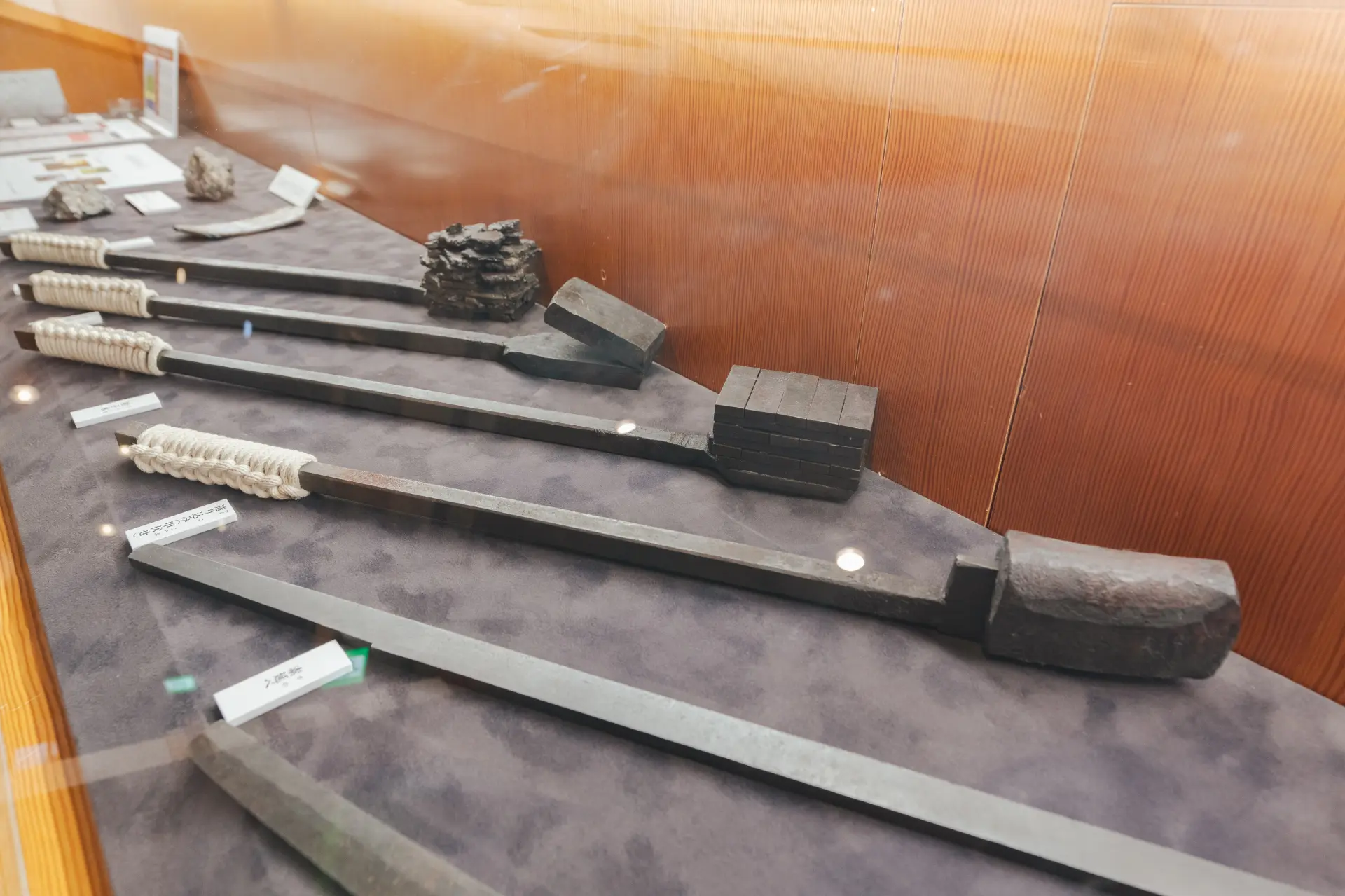
[Takahashi Area] Step into a Nostalgic Town of Bengara Latticework in the Mountains
Located in the western part of Okayama Prefecture and surrounded by mountains, the Takahashi area preserves both nature and history. A must-visit destination here is Fukiya Furusato Village, recognized as a Japan Heritage site. Walking through this village is like stepping back in time, with rows of townhouses adorned with vertical bengara latticework painted in reddish-brown pigment made from iron oxide, as well as traditional Sekishu-gawara roof tiles. The entire district has been designated an Important Preservation District for Groups of Traditional Buildings due to its wealth of historical architecture. Known as Japan’s primary production area for bengara pigment, this village is also celebrated as the birthplace of “Japan Red,” a symbolic color of the country. Highlights include the former Katayama Residence, the former Fukiya Elementary School, and Sasao Tunnel, a former copper mine shaft that can still be explored today. In addition to sightseeing, visitors can enjoy bengara dyeing workshops, as well as cozy cafés and stylish shops dotted throughout the area.
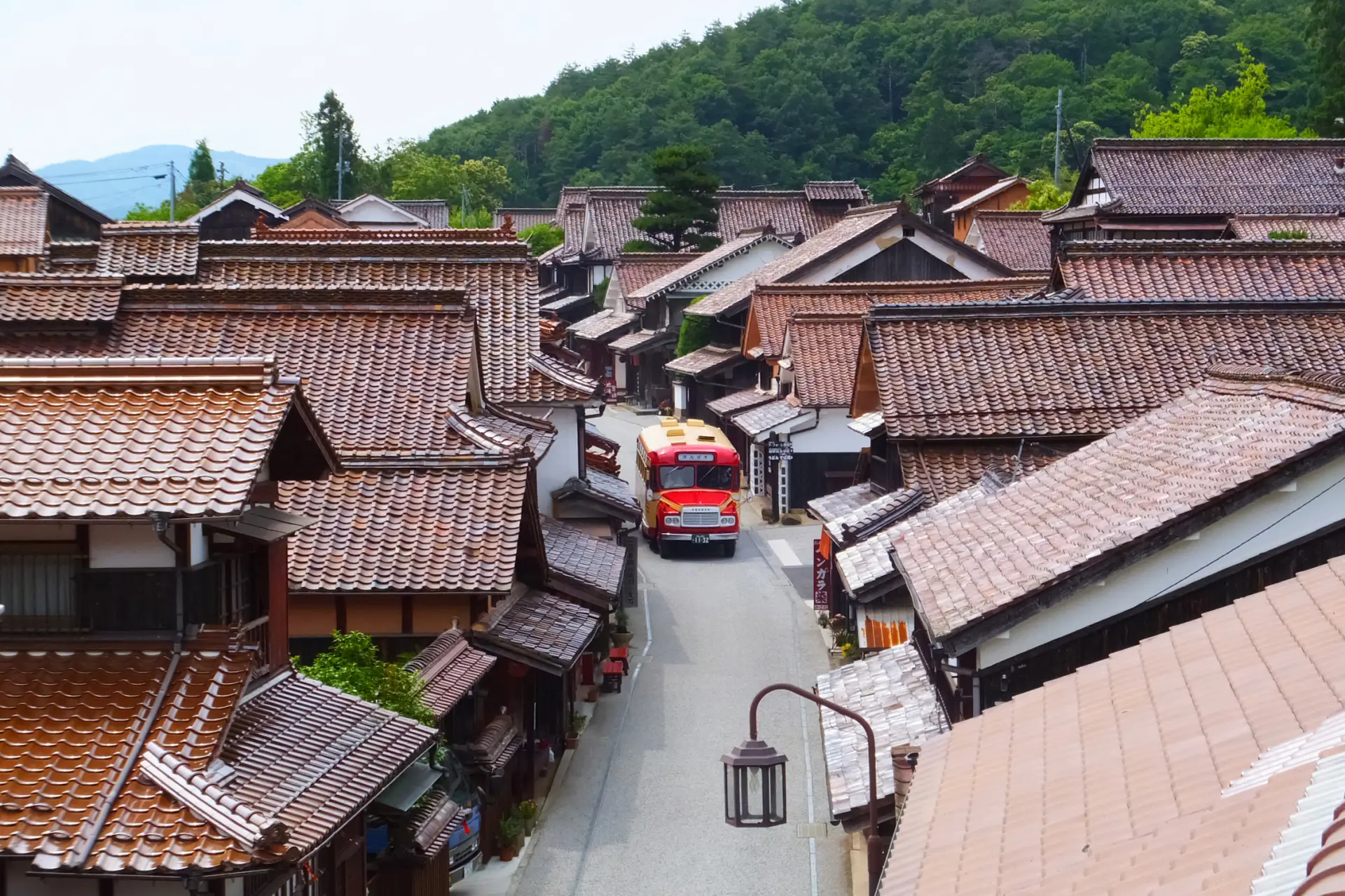
3 Recommended Ways to Enjoy Okayama
From gourmet treats to hot springs, here are three great ways to make your trip to Okayama even more enjoyable!
1. Savor the Seasonal Delights of the “Fruit Kingdom Okayama”
Blessed with a warm climate and fertile soil, Okayama has developed sophisticated fruit cultivation techniques over the past 150 years, earning it the nickname “Fruit Kingdom Okayama.” A wide variety of fruits are grown year-round, including white peaches, grapes, melons, strawberries, persimmons, and pears.
In central Okayama City, the “Fruit Parfait City Okayama” project invites cafés, restaurants, and even farms to serve parfaits made with generous amounts of seasonal fruit. These parfaits are visually stunning and hugely popular for their photogenic appeal. You can also enjoy fruit picking at many locations across the prefecture. White peaches and grapes from Okayama are especially prized for their high quality and are celebrated both domestically and internationally. Picking and tasting them fresh on-site is a luxurious experience only a production area can offer.
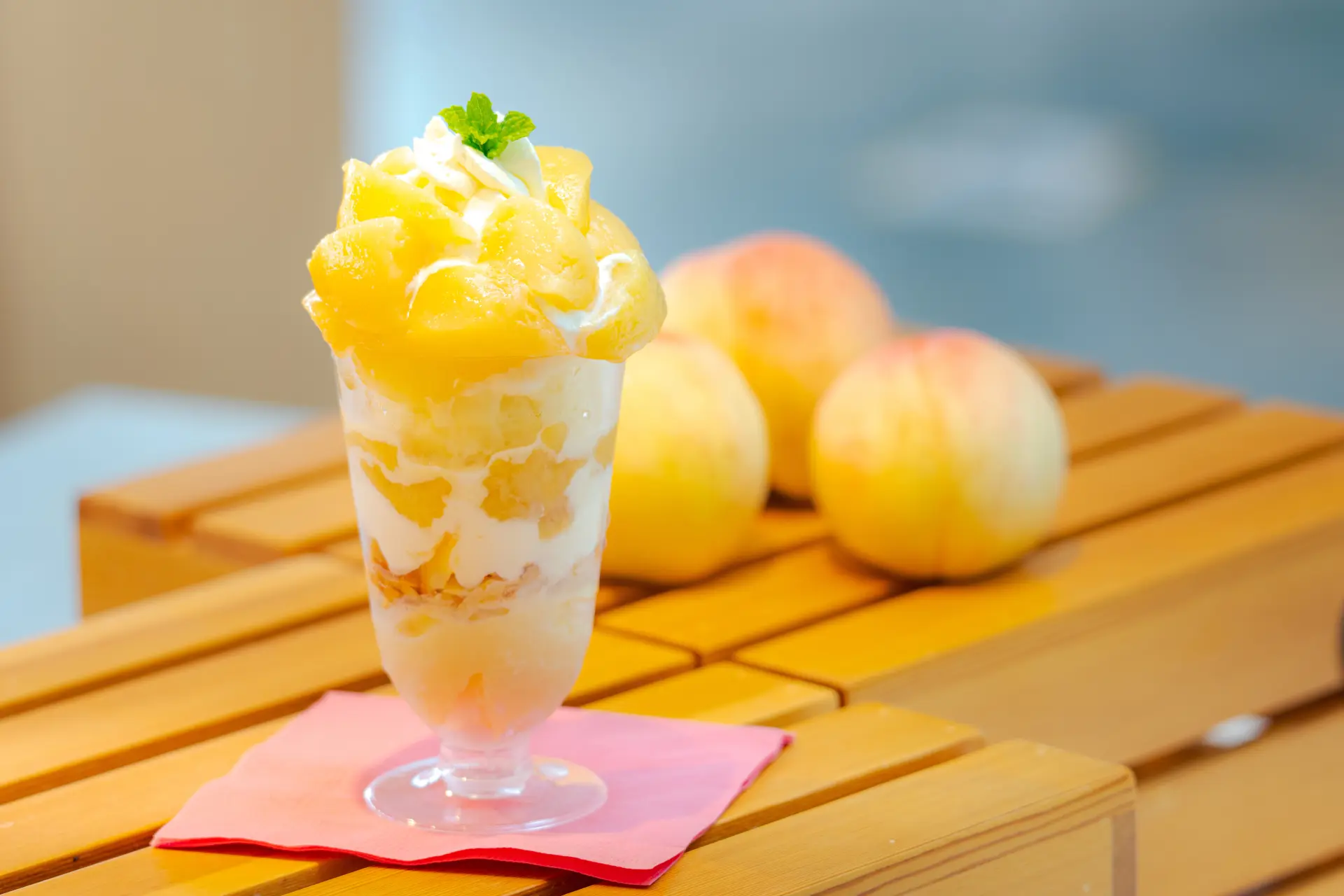
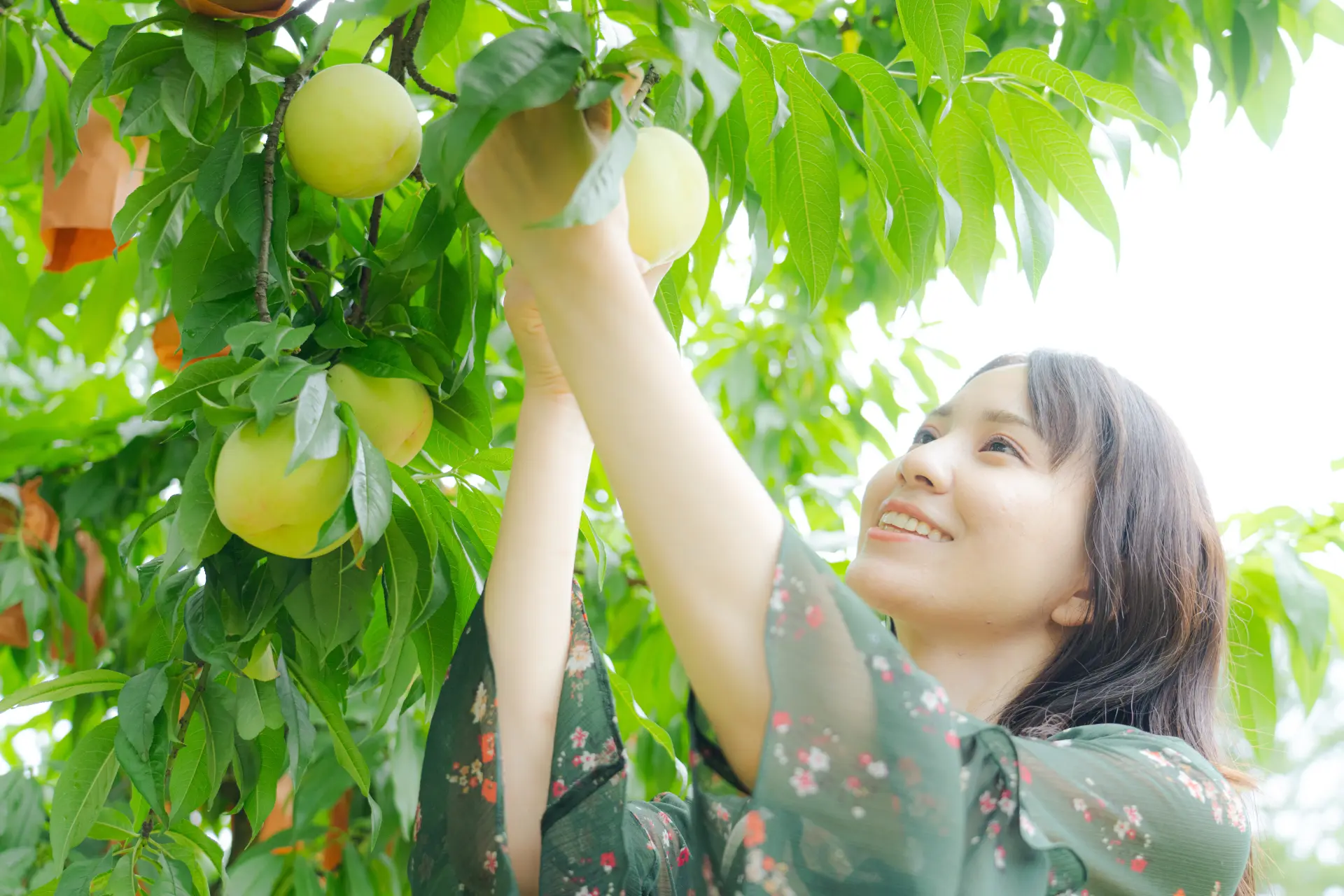
Bathe in Art and Hot Springs at Three of Western Japan’s Top Onsen Resorts
The Mimasaka Three Hot Springs—Yunogo, Yubara, and Okutsu—are among Western Japan’s most famous hot spring destinations, all located in northern Okayama.
Yunogo Onsen is easily accessible via a free shuttle bus from JR Okayama Station for overnight guests. With a history dating back over 1,200 years, it’s known for its radium-rich microbubble waters, said to leave the skin feeling smooth and soft—earning it the nickname “Beauty Bath.” The Yunogo Sagi Onsenkan, a public bath facility that serves as the area’s main source, offers a variety of baths including cave baths, open-air baths, and jet baths—perfect for a relaxing visit.
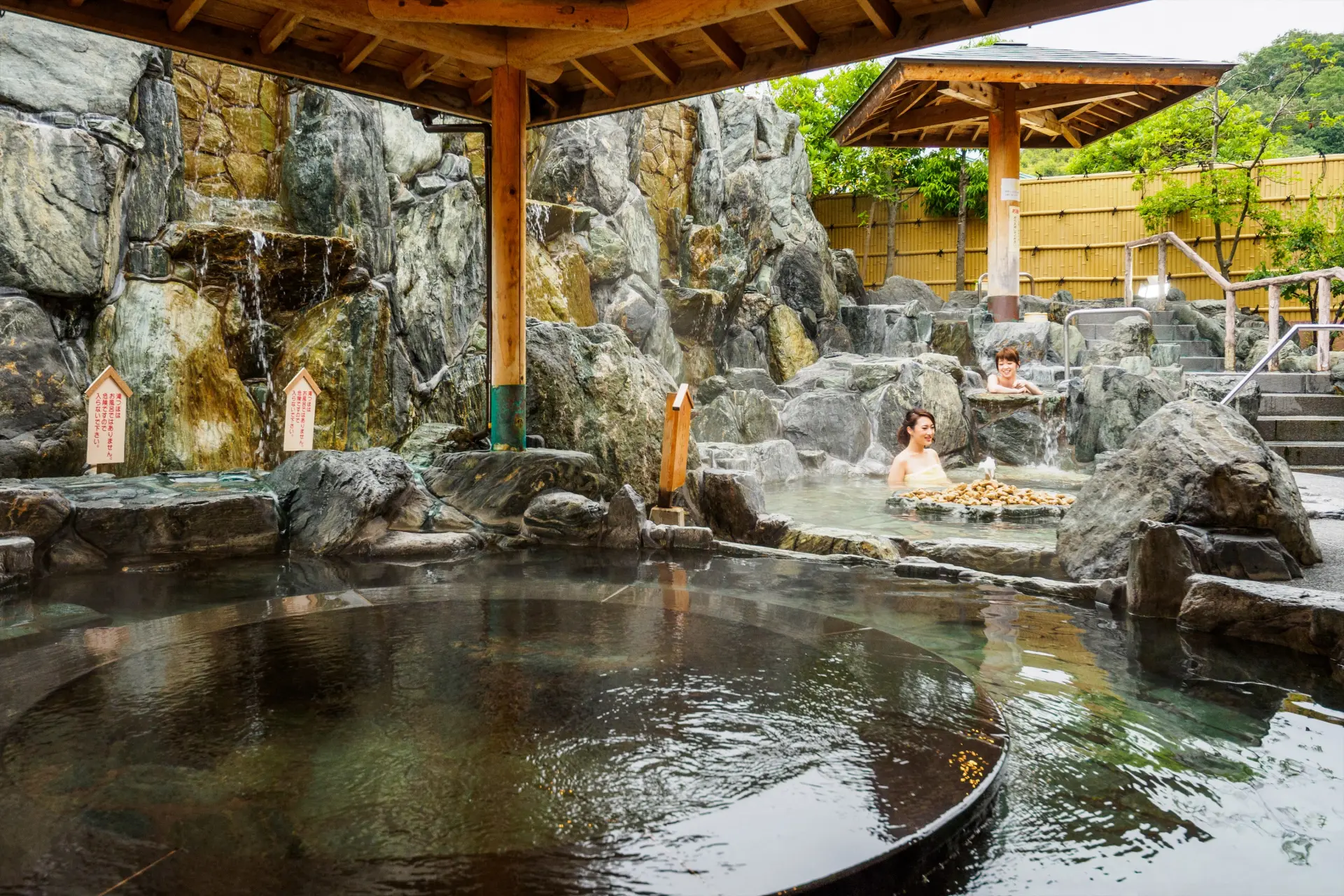
Yubara Onsen is nestled in nature along the Asahi River and is famous for Sunayu, an outdoor hot spring located at the foot of the Yubara Dam. This rare “ashimoto-yushutsu” (hot spring that wells up from the bottom of the bath itself) is a must-try. Throughout the hot spring town, you’ll also find art installations inspired by the Japanese giant salamander, a national natural monument native to the local rivers—adding a touch of fun to your stroll.
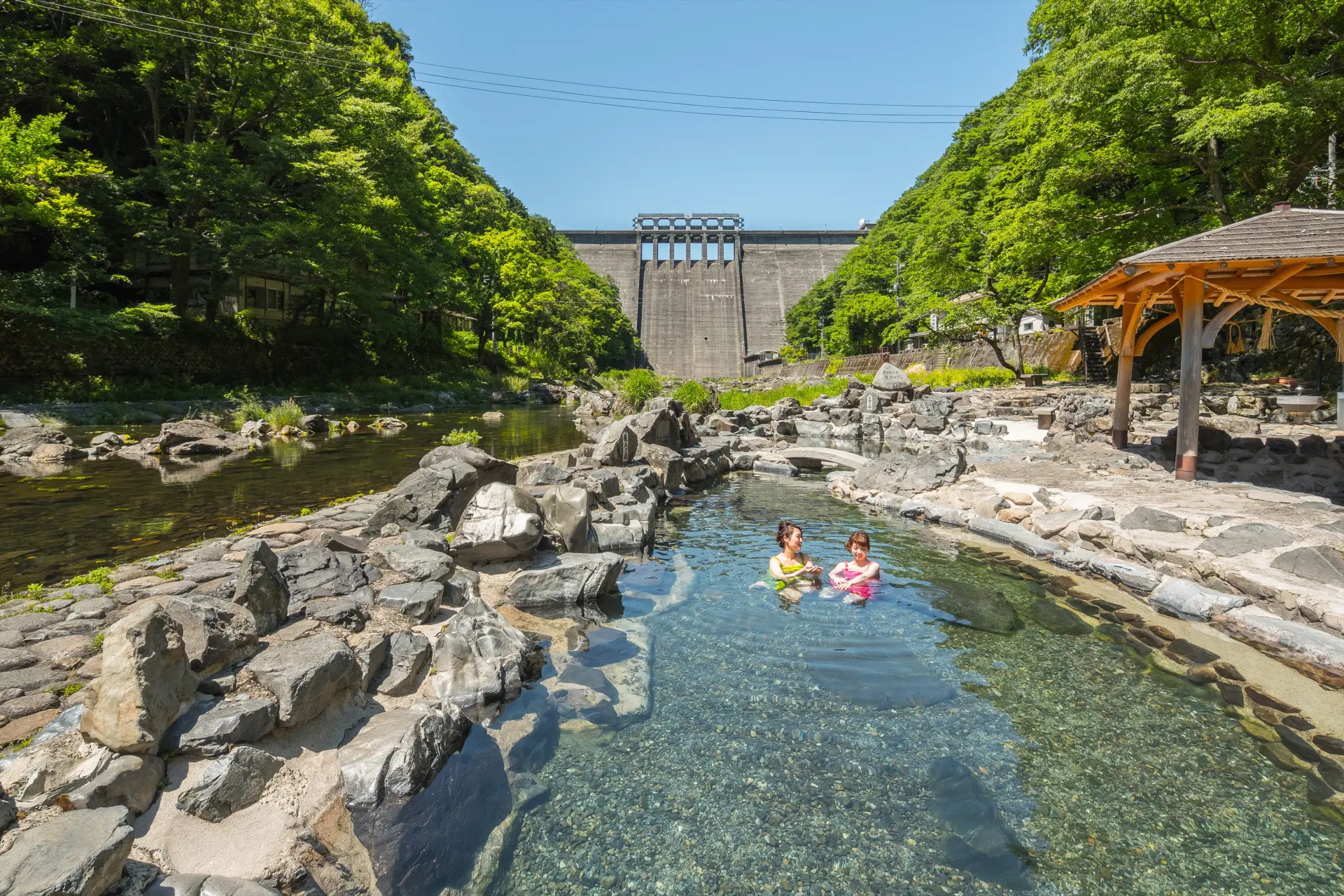
Okutsu Onsen is surrounded by the clear stream of the Yoshii River and lush green mountains, creating a picturesque setting. Many of the inns here have over 90 years of history, offering a nostalgic atmosphere reminiscent of the Showa era.
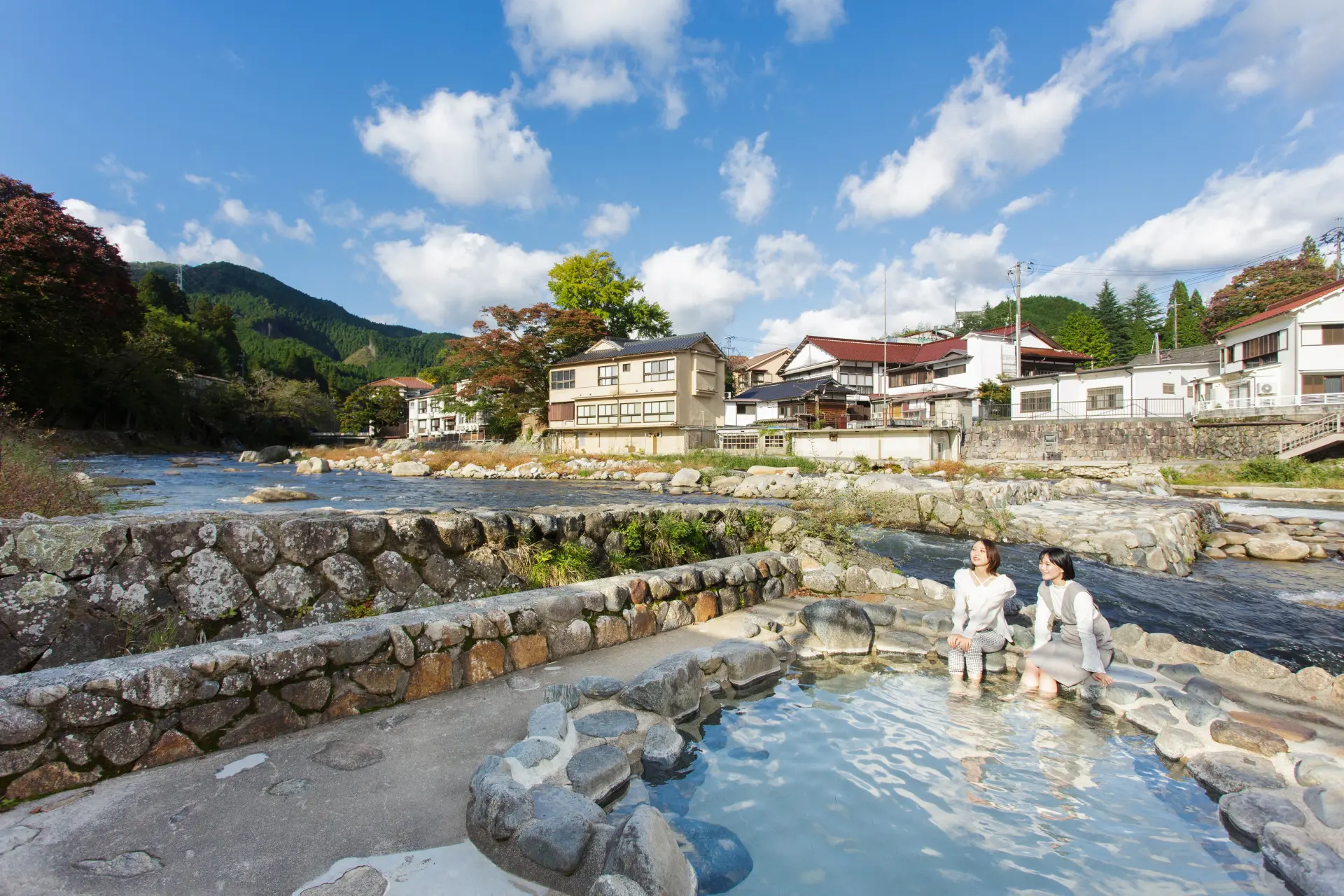
At the Mimasaka Three Hot Springs, the “Mimasaka Three Hot Springs Art Temperature” event features art installations displayed throughout inns and surrounding facilities. While this art event takes place once every three years, some artworks are permanently installed, allowing you to enjoy this unique combination of hot springs and art year-round.
3. How to Enjoy the Uno Port and Inujima Areas—Venues for the Setouchi Triennale
The Setouchi Triennale is a contemporary art festival held once every three years across the islands of the Seto Inland Sea. Artworks by artists from Japan and abroad are scattered across the islands, allowing visitors to enjoy art while exploring the natural and cultural landscapes of the region.
The Uno Port Area serves as a gateway from mainland Honshu to these islands. Art installations are integrated into the port town’s scenery, making it possible to enjoy art not only while waiting for the ferry but also during a visit to a local café or restaurant—turning every moment into an artistic encounter.
A must-visit spot is Inujima, home to the Inujima Seirensho Art Museum, which repurposes the ruins of a Meiji-era copper refinery into a dynamic fusion of industrial heritage and modern art. Many of the refinery’s original structures remain intact, and the site has been officially recognized as part of Japan’s Modern Industrial Heritage. Don’t miss the “House Project”, where artworks are seamlessly blended into the village homes and scenery.
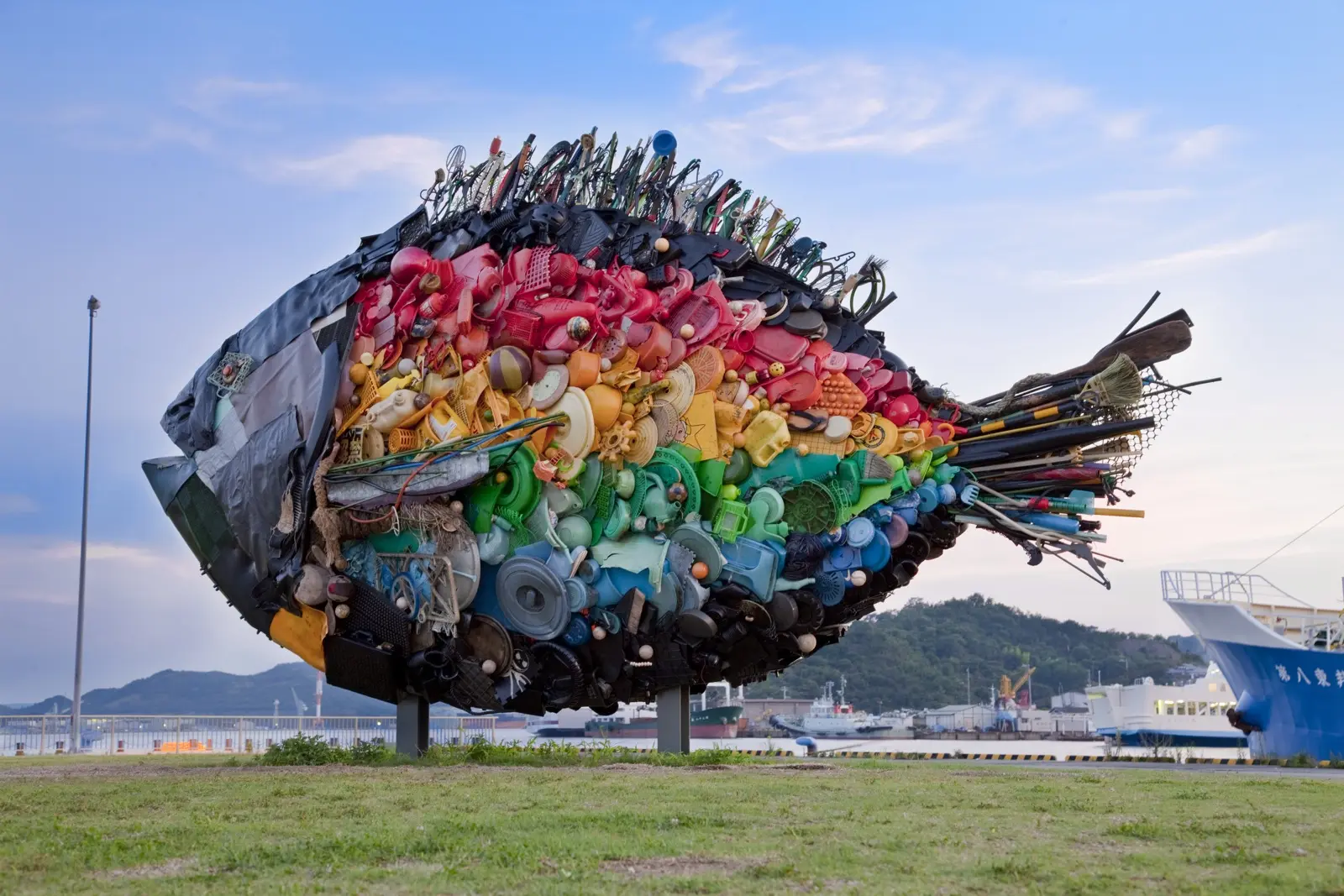
Okayama's Local Gourmet Delights
A Must-Try Dish with Local Flair: Okayama Demikatsudon
One of Okayama’s iconic local dishes is Okayama Demikatsudon, featuring freshly fried pork cutlet atop a bowl of rice, generously topped with hot demi-glace sauce. Unlike the commonly found egg-and-broth katsudon in Japan, this Western-style variation pairs perfectly with rice. Each restaurant puts its own spin on the sauce, from light and tangy tomato-based versions to rich, deeply flavored styles. Served at many restaurants mainly in Okayama City, it’s fun to try and compare different takes on this beloved dish.
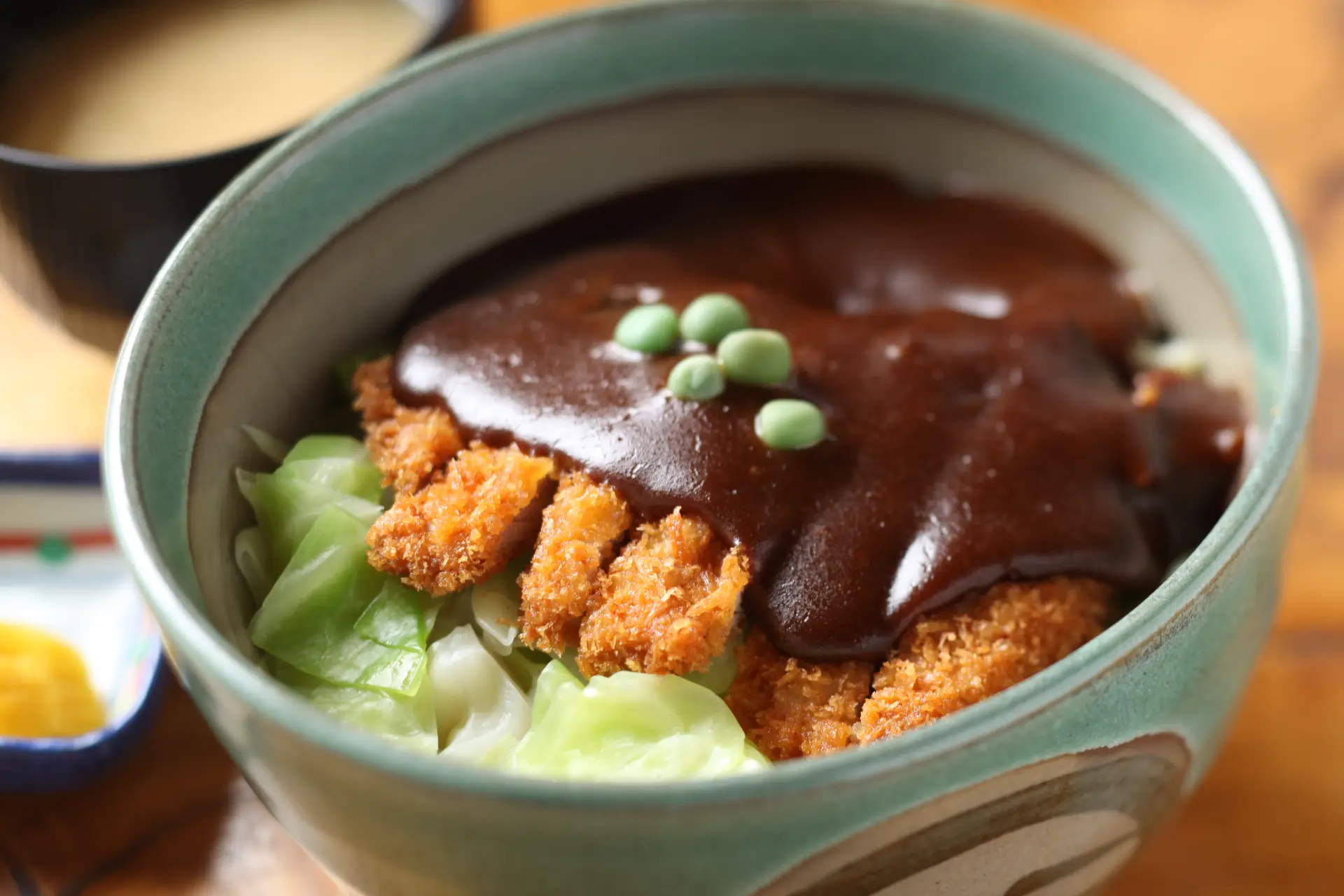
Tsuyama Hormone Udon – A Chewy, Flavorful Favorite
Tsuyama Hormone Udon is a signature dish from the city of Tsuyama. This savory specialty features a mix of fresh beef offal, vegetables, and udon noodles grilled on a hot iron plate and tossed in a miso- or soy-based sauce. It has even won awards at the “B-1 Grand Prix,” an event celebrating regional comfort foods, drawing fans from across Japan.
With over 50 restaurants in the city serving their own unique versions—featuring house-made sauces and vegetables selected to match the flavors—each one offers a distinctive take on the dish. Be sure to enjoy the springy texture and the rich umami flavor of the offal, which intensifies with every bite.
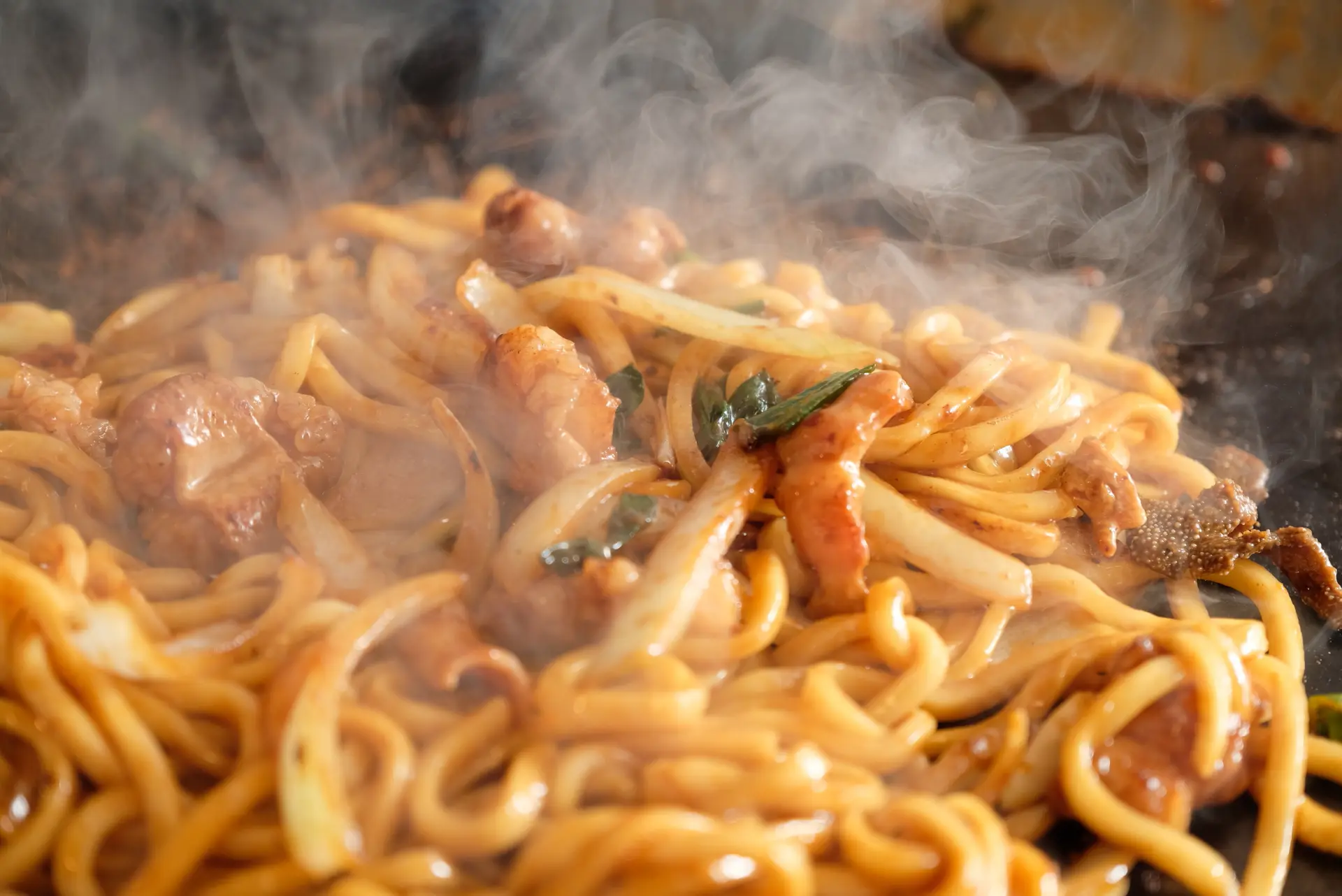
A 2-Day Trip to Experience the Art and Cuisine of Okayama
DAY1
- 7:56am
-
Depart from Shin-Osaka Station
Take the Nozomi Shinkansen to Okayama Station → transfer to the Tsuyama Line → arrive at Tsuyama Station - 10:30am
-
Stroll through Tsuyama’s castle town
Once you arrive in northern Okayama’s Tsuyama, start by walking through the historic castle town centered around Tsuyama Castle. For lunch, savor the local specialty Tsuyama Hormone Udon. Then visit the Tsuyama Manabino Railway Museum, where you can enjoy retro train cars and diorama exhibits while learning about railway culture.
Depart from Tsuyama Station → take the Kishin Line → arrive at Hayashino Station → transfer to taxi → arrive at Yunogo Onsen Town - 3:30pm
-
Enjoy art and hot springs in Yunogo Onsen, one of the Mimasaka Three Hot Springs
Enjoy art and hot springs in Yunogo Onsen, one of the Mimasaka Three Hot Springs
At Yunogo Onsen, stroll through the town and discover outdoor art installations featured in the Mimasaka Three Hot Springs Art Temperature project. Stop by footbaths and hot spring cafés as you explore at a relaxed pace. In the evening, stay at a traditional inn and soak in the rejuvenating waters of this famous hot spring resort.
DAY2
- 11:00am
-
Depart from Yunogo Onsen
Take a shuttle bus to Okayama Station → transfer to the Hakubi Line → arrive at Kurashiki Station - 1:00pm
-
Encounter world-famous masterpieces in the retro-modern streets of Kurashiki
From Kurashiki Station, walk to the Kurashiki Bikan Historical Quarter. Admire the nostalgic townscape lined with white-walled storehouses along the Kurashiki River, then head to the Ohara Museum of Art to view globally renowned masterpieces. For lunch, we recommend Kurashiki Ivy Square, a historical building complex converted from a Meiji-era spinning mill. Afterward, browse renovated machiya-style shops for souvenirs, and treat yourself to a luxurious white peach parfait, a specialty of Okayama.
Depart from Kurashiki Station → take the Sanyo Main Line → arrive at Okayama Station - 5:30pm
-
Wrap up your journey with Okayama’s beloved Demikatsudon
Once back at Okayama Station, finish your trip with a hearty serving of Okayama Demikatsudon, a local favorite loved for generations. Many long-standing restaurants are conveniently located around the station—perfect for your last meal in Okayama.
Depart from Okayama Station → Take the Nozomi Shinkansen - 7:28pm
- Arrive at Shin-Osaka Station
*Information as of July 2025
Make Your Okayama Trip Even More Enjoyable with the “Have Fun in Okayama Pass”!
To get the most out of your trip—especially if you follow the 2-day plan introduced above—the Have Fun in Okayama Pass is a fantastic deal. With this pass, you can choose any 3 items from a selection including admission tickets to tourist attractions, 1-day bus passes, and coupons usable at cafés and shops. Pair it with the KANSAI WIDE AREA PASS for seamless travel and sightseeing across the region!
Check Out the KANSAI WIDE AREA PASS for Easy and Affordable Travel from Osaka!
If you're planning to extend your journey from the Kansai region, the KANSAI WIDE AREA PASS is highly recommended. It offers unlimited travel for 3 days on Shinkansen (within the designated area), as well as limited express and local trains within the free travel zone. It's a smart way to enjoy Okayama as part of your extended Kansai adventure.
Wrap-up
From historical townscapes and landmarks to internationally acclaimed art festivals and unique local cuisine, this guide has introduced the many irresistible attractions that Okayama has to offer.
By making good use of travel deals and passes, your trip can become even more enjoyable and rewarding.
Whether you're searching by area or interest, this guide is the perfect reference for planning your visit to Okayama—be sure to take full advantage of it!


